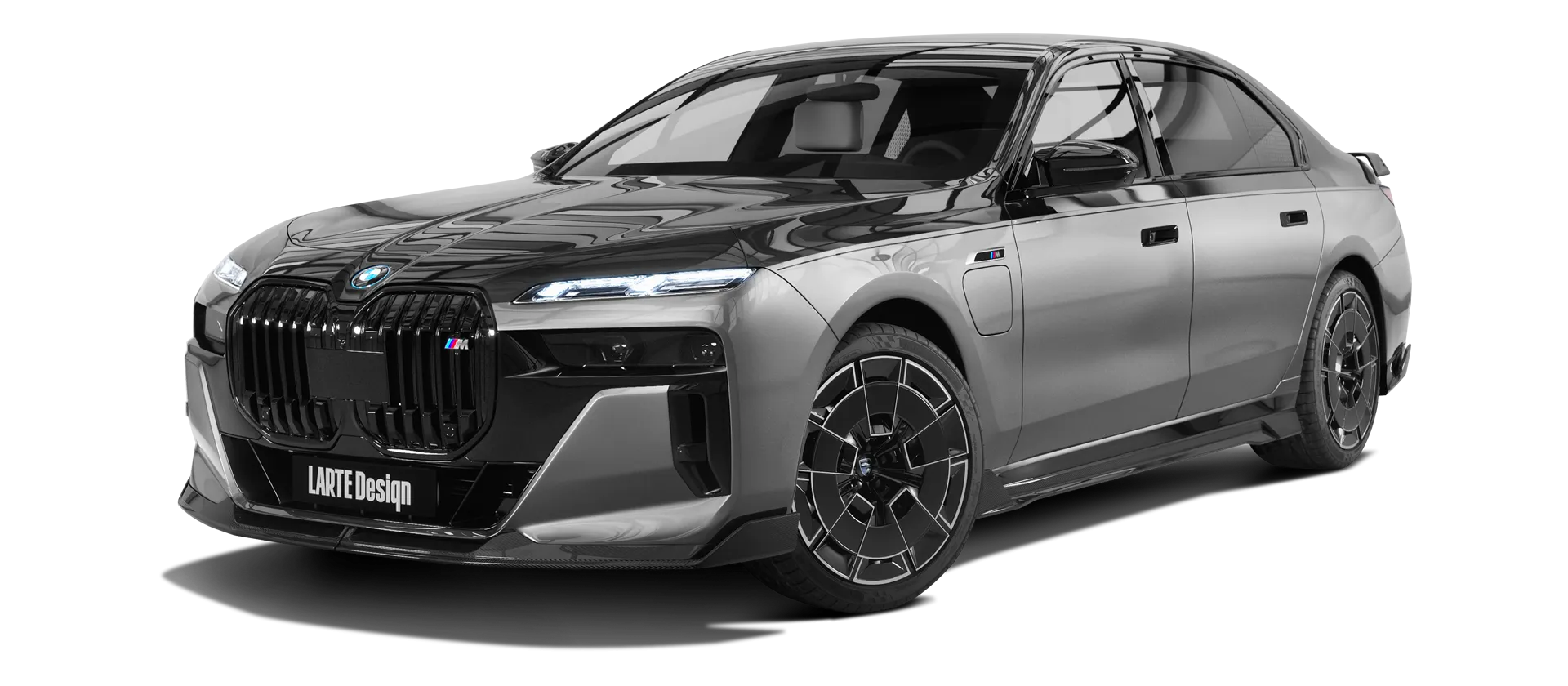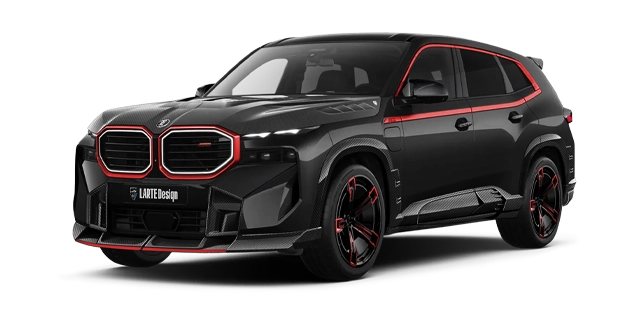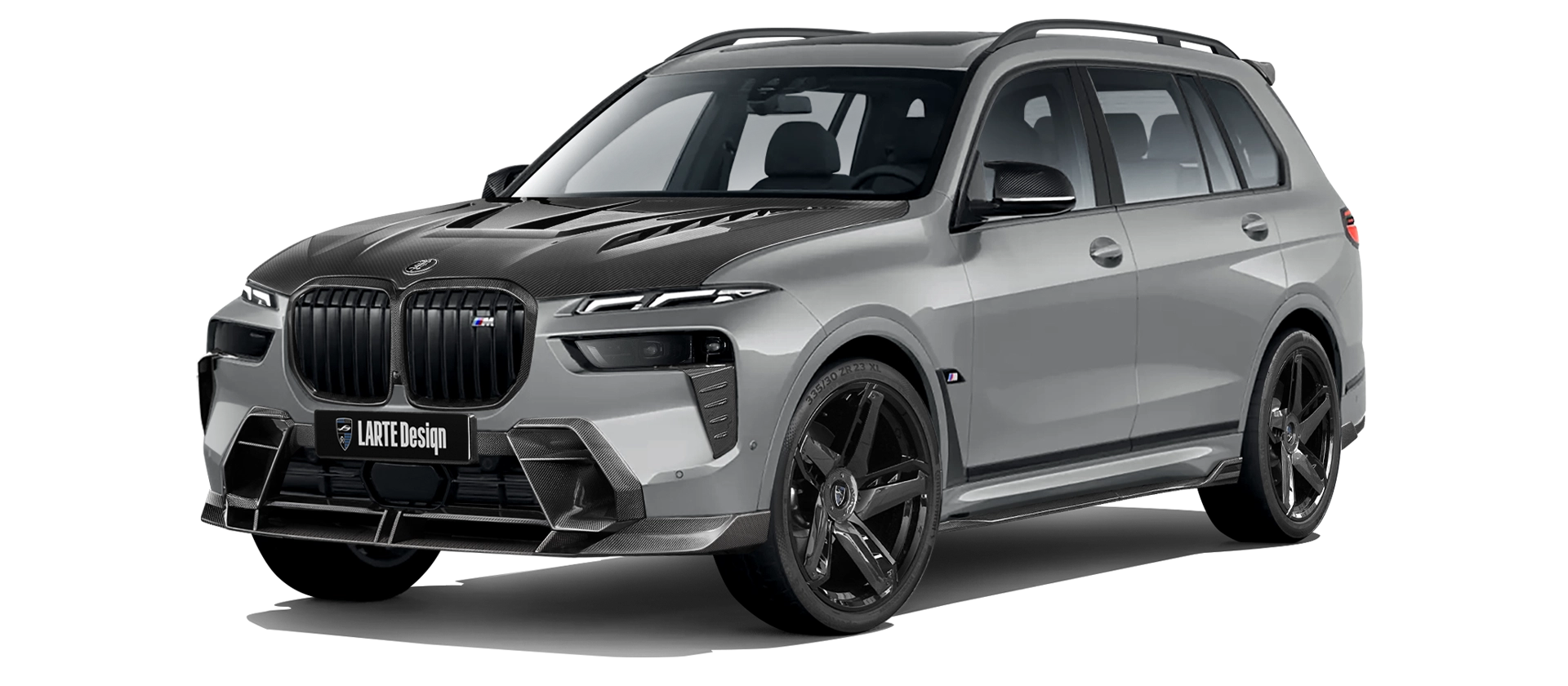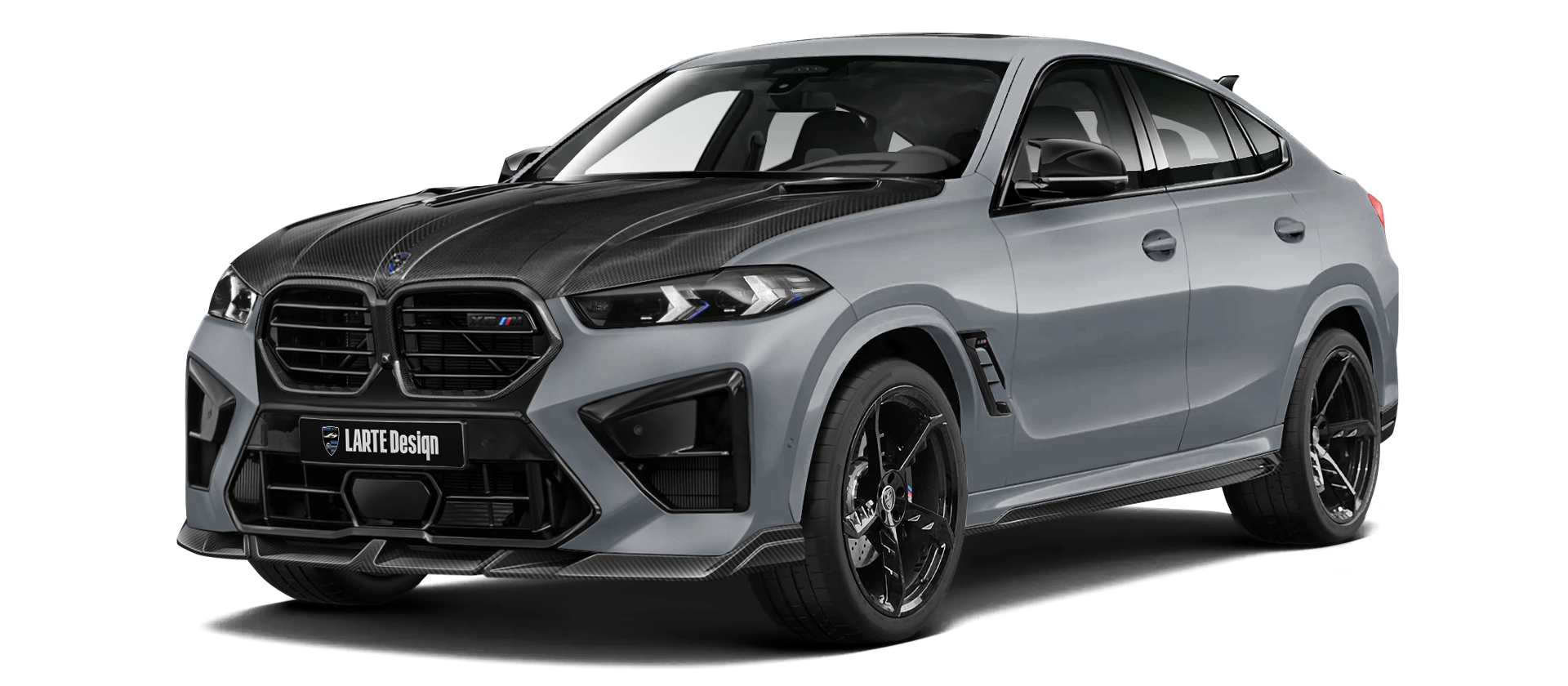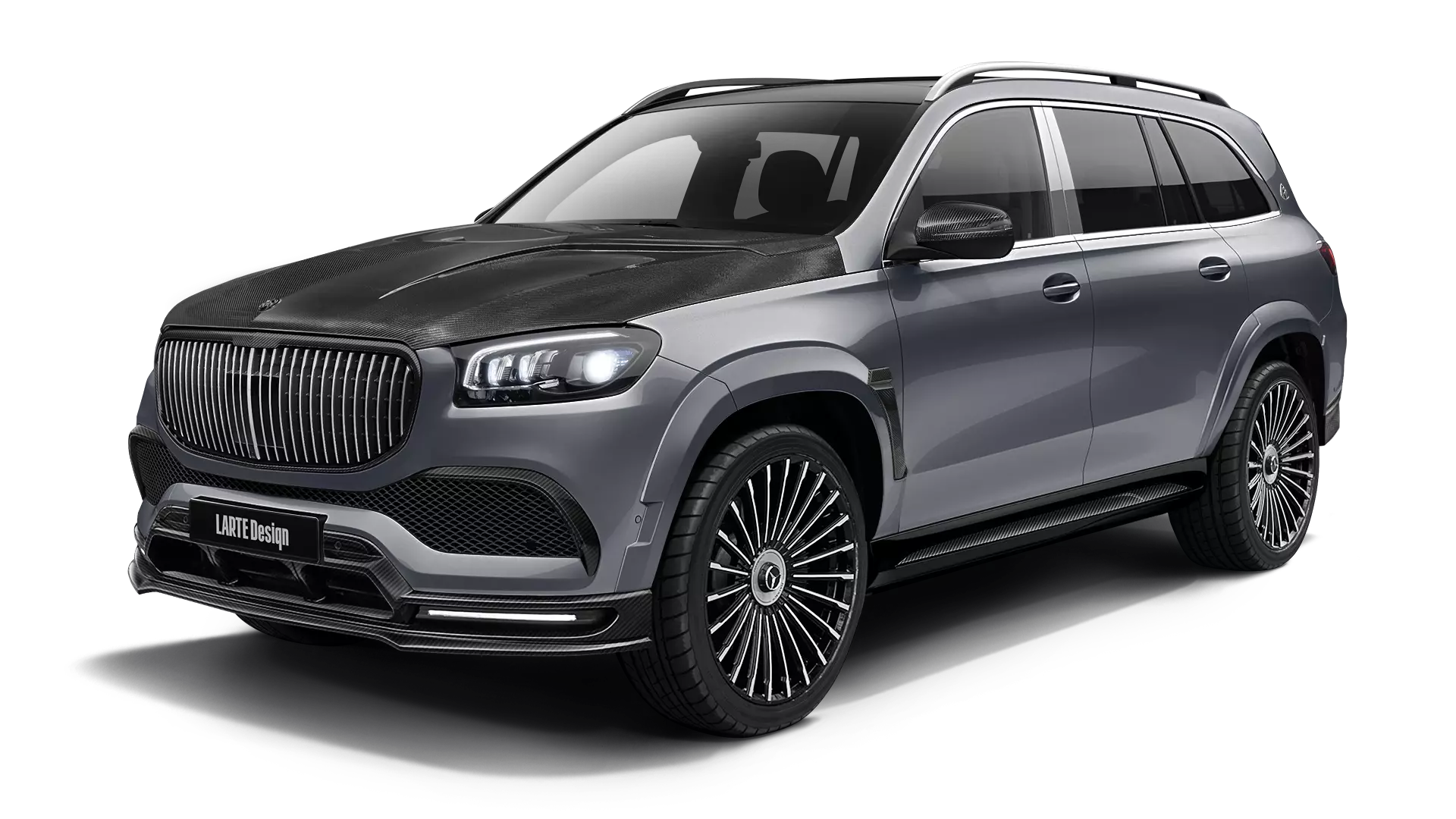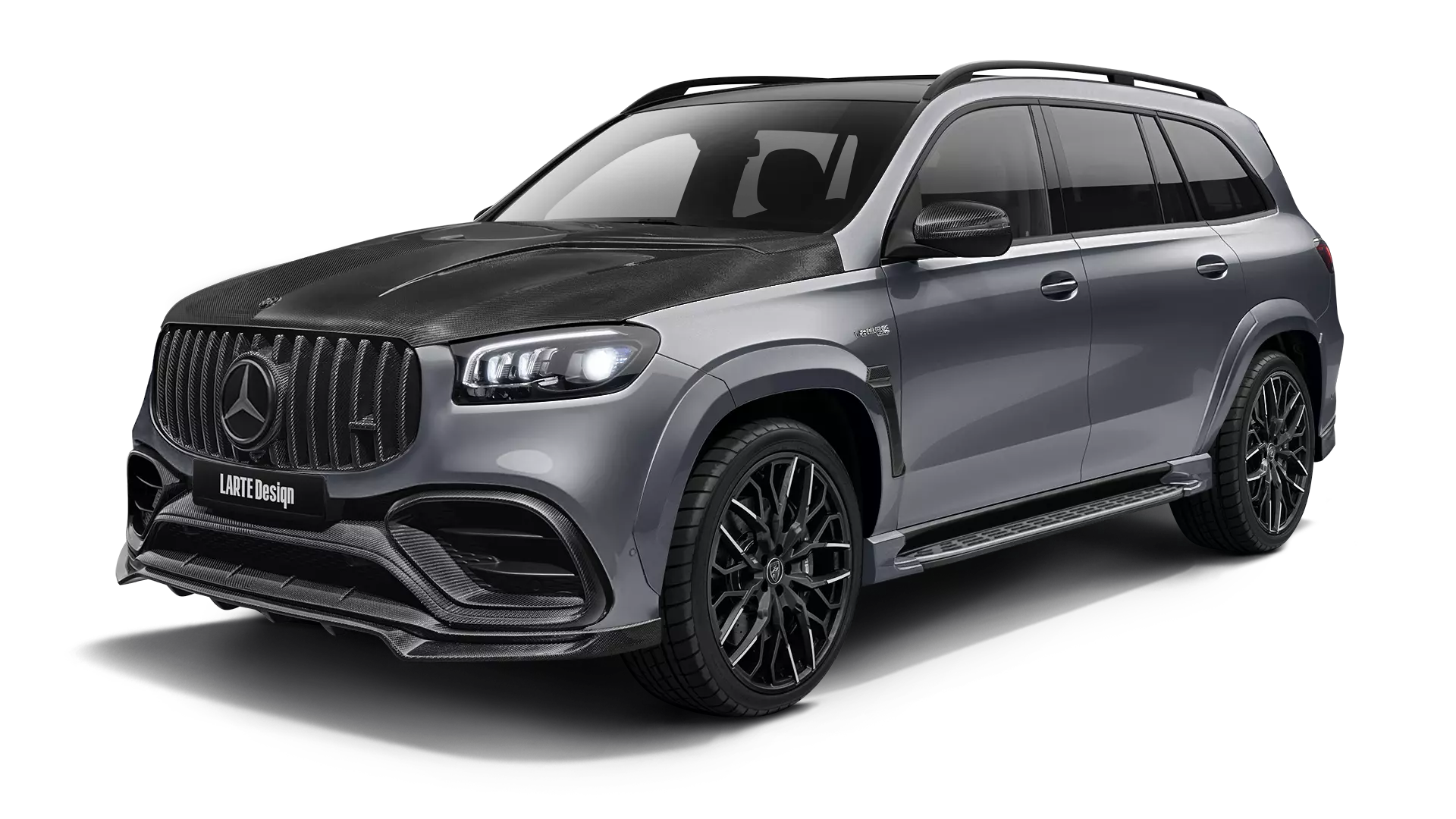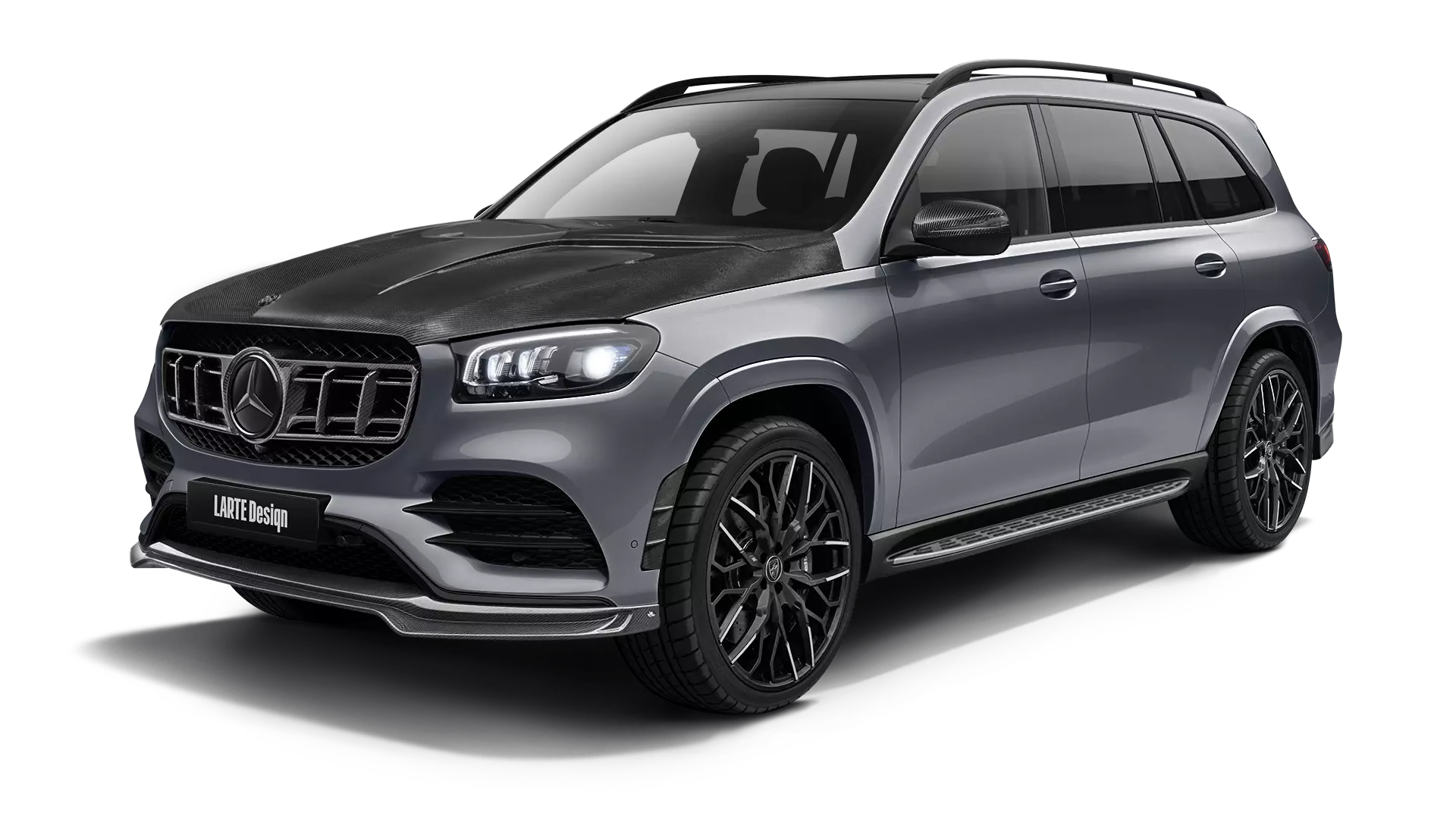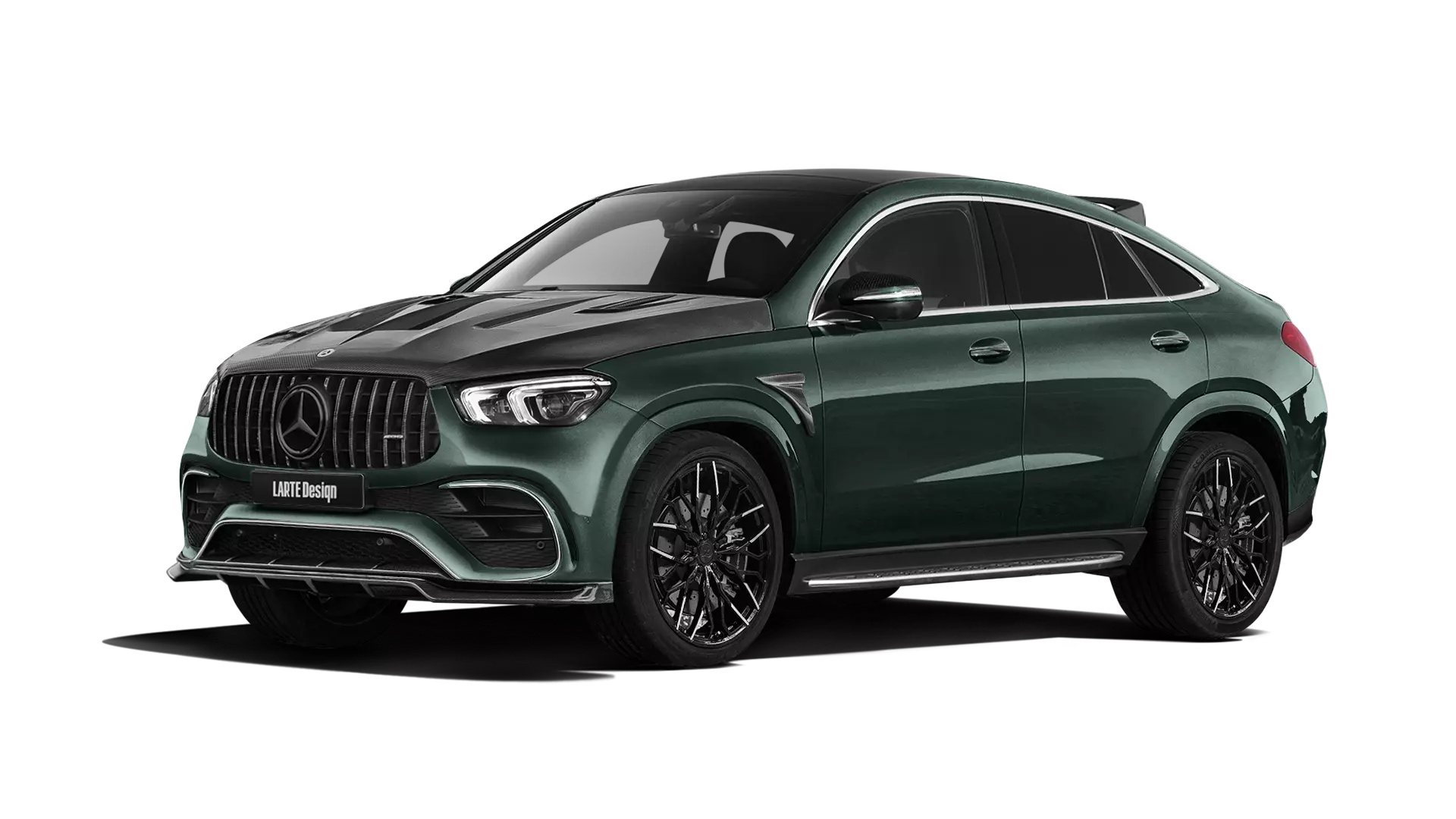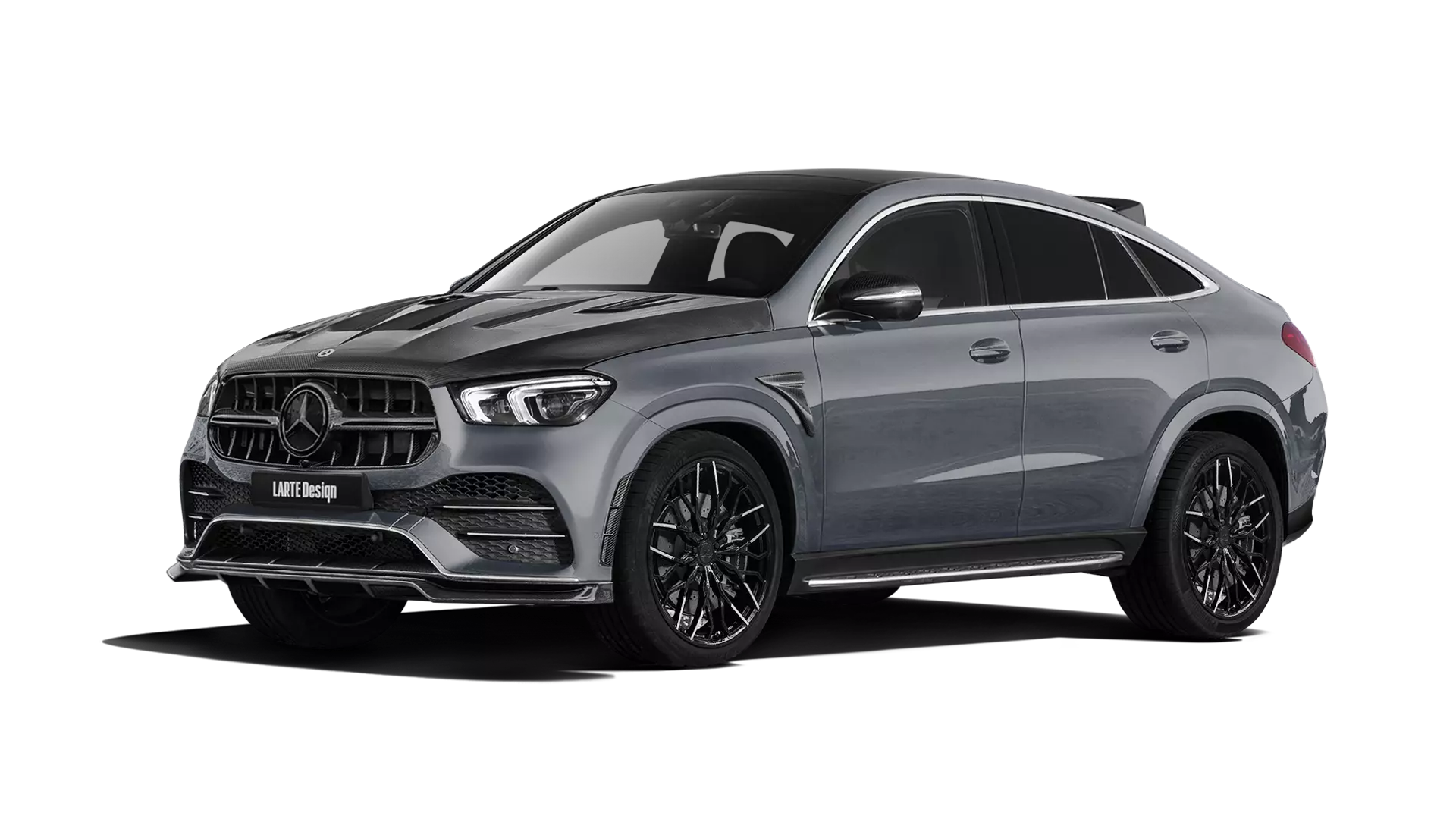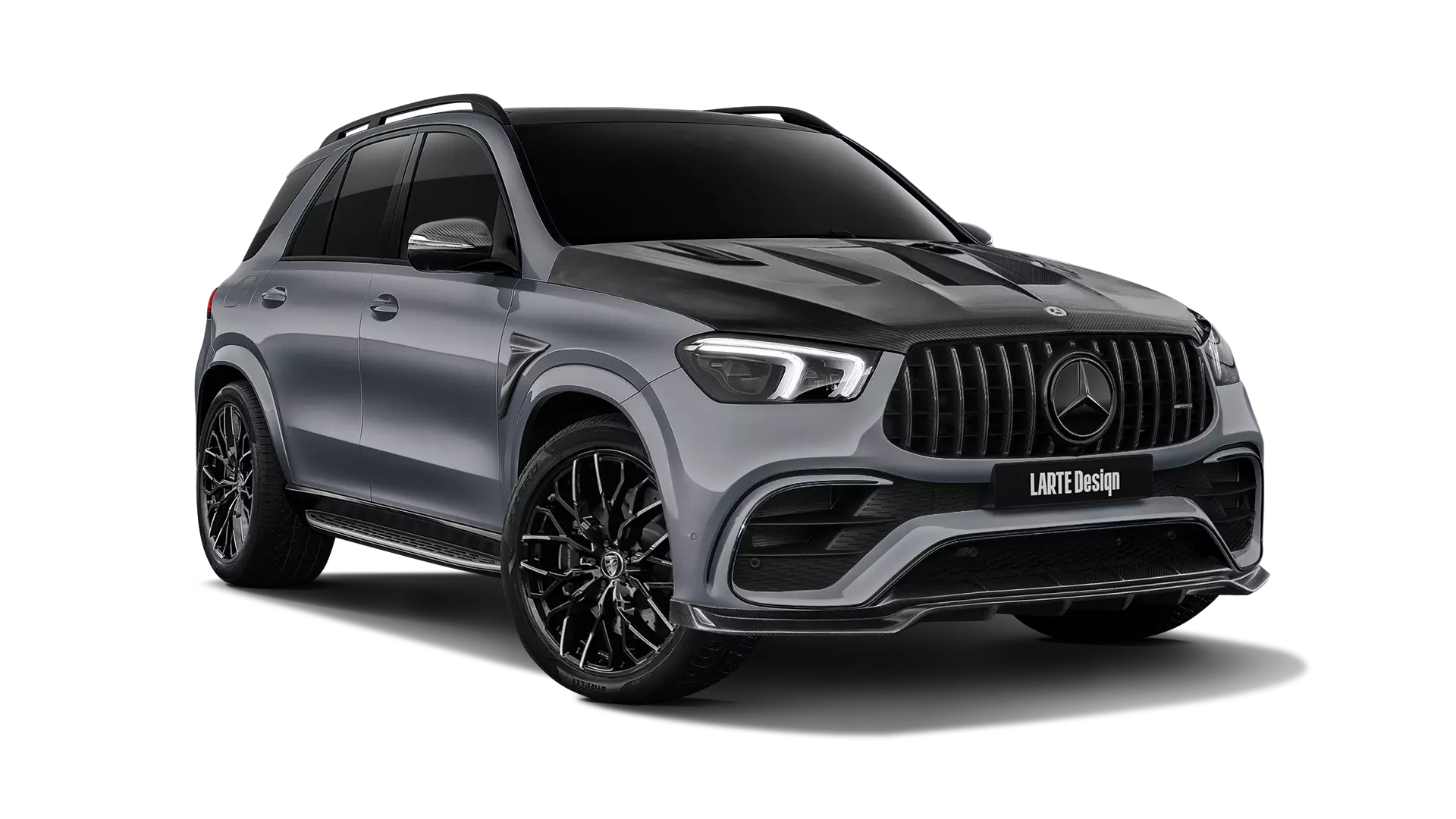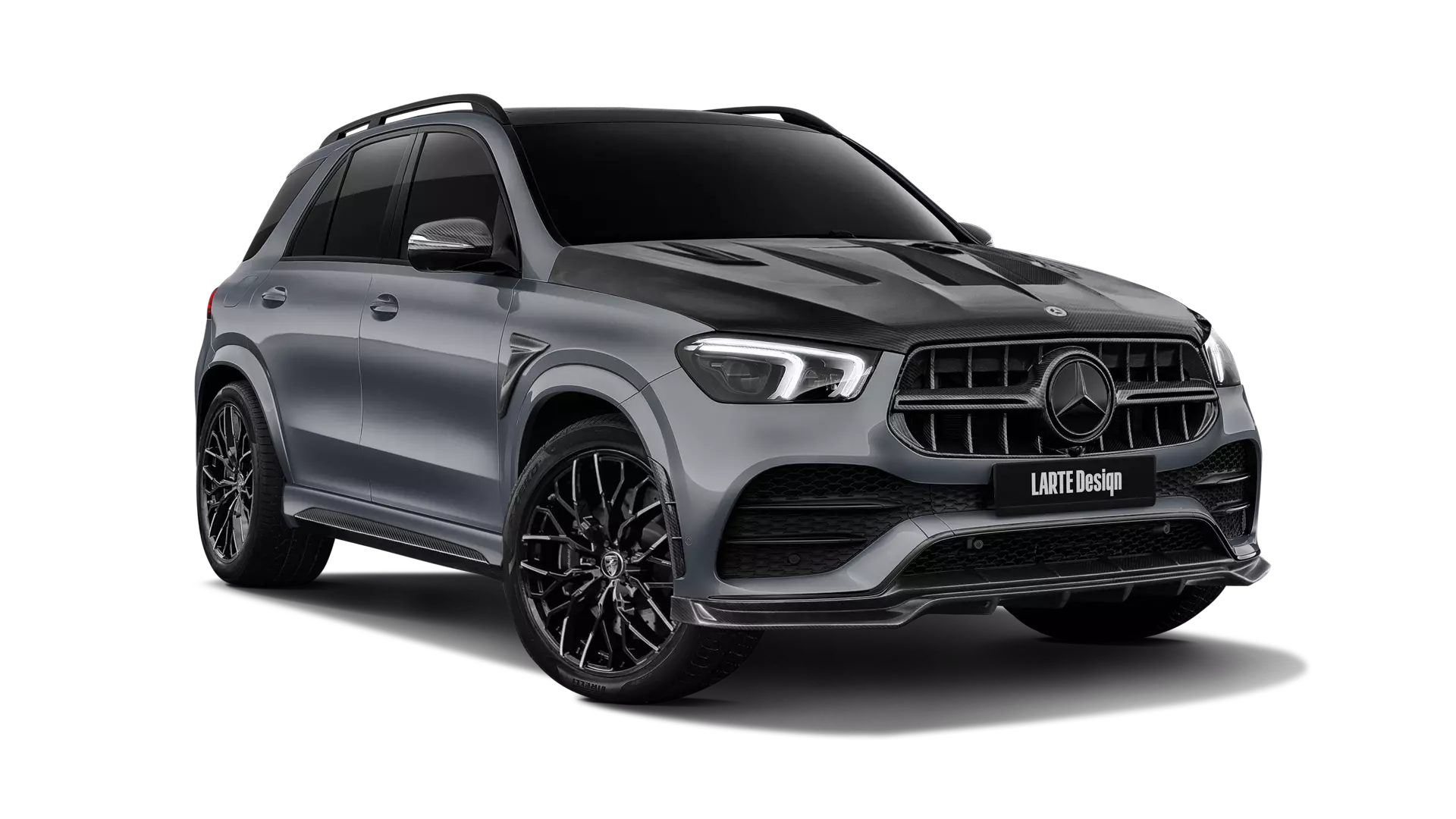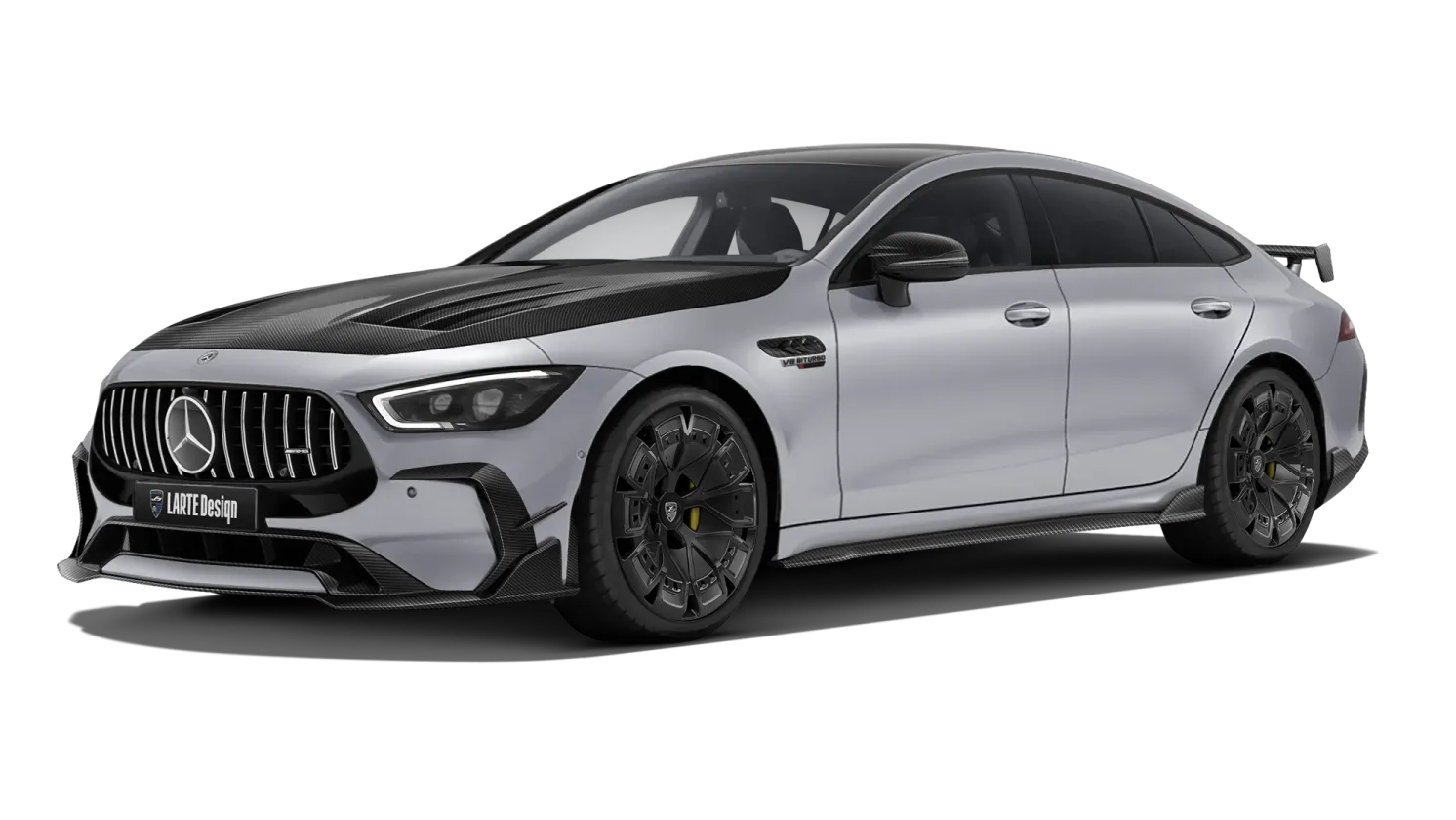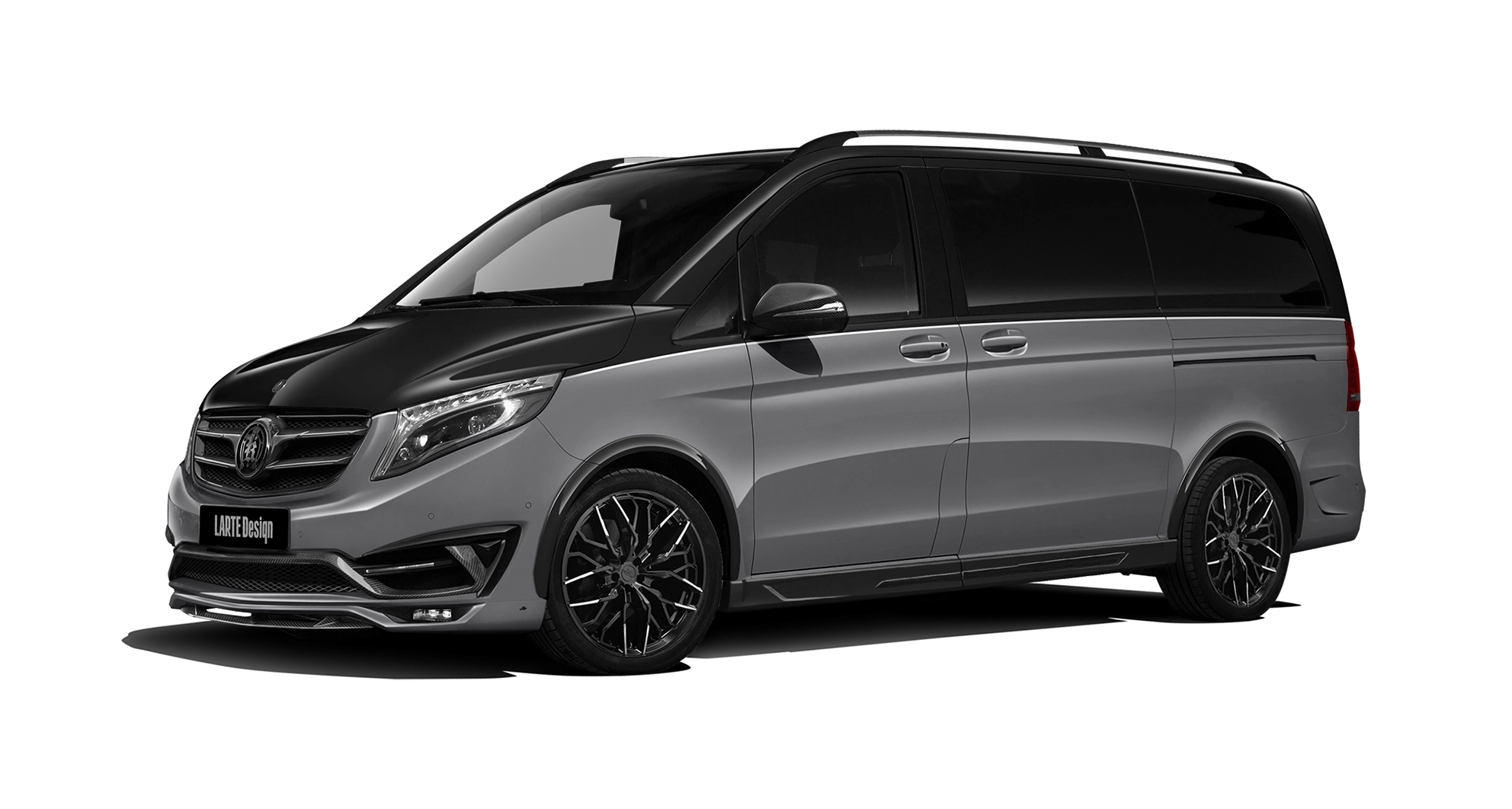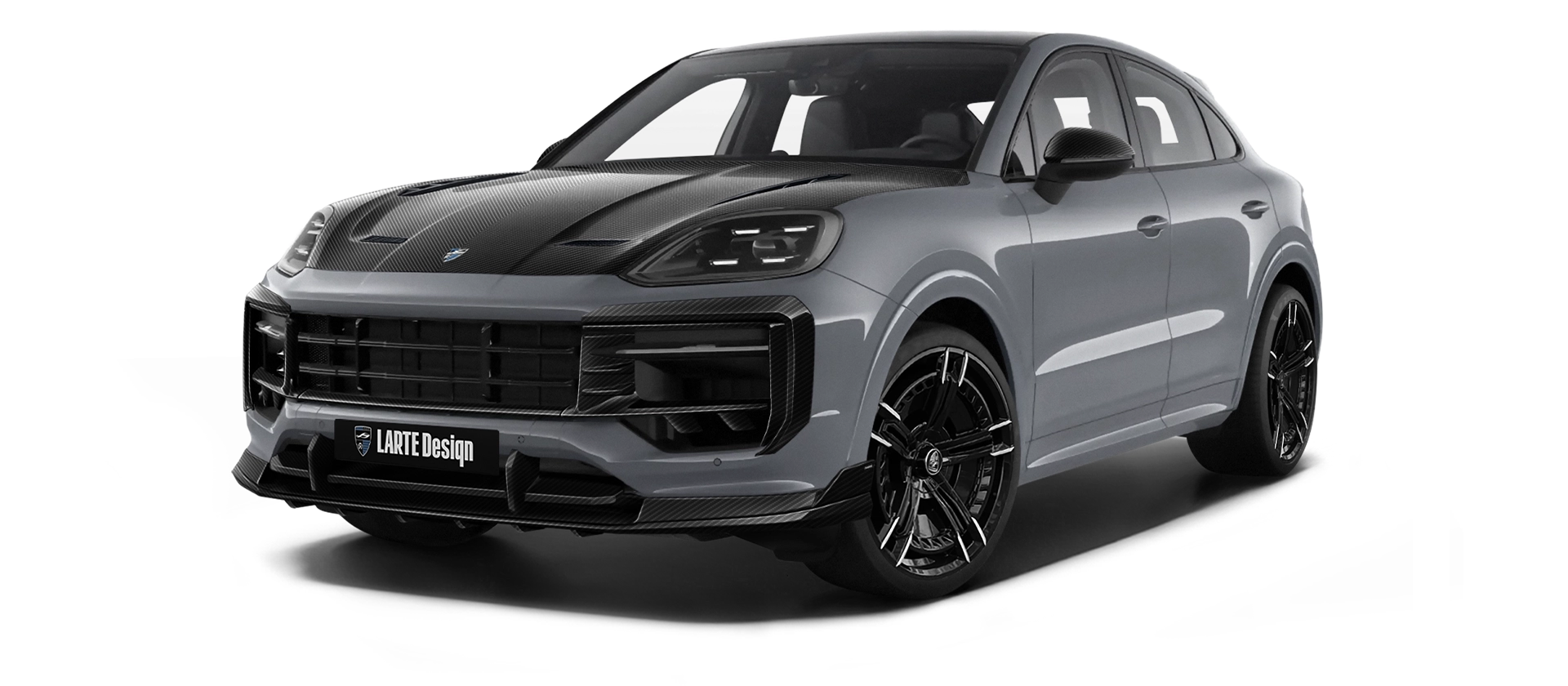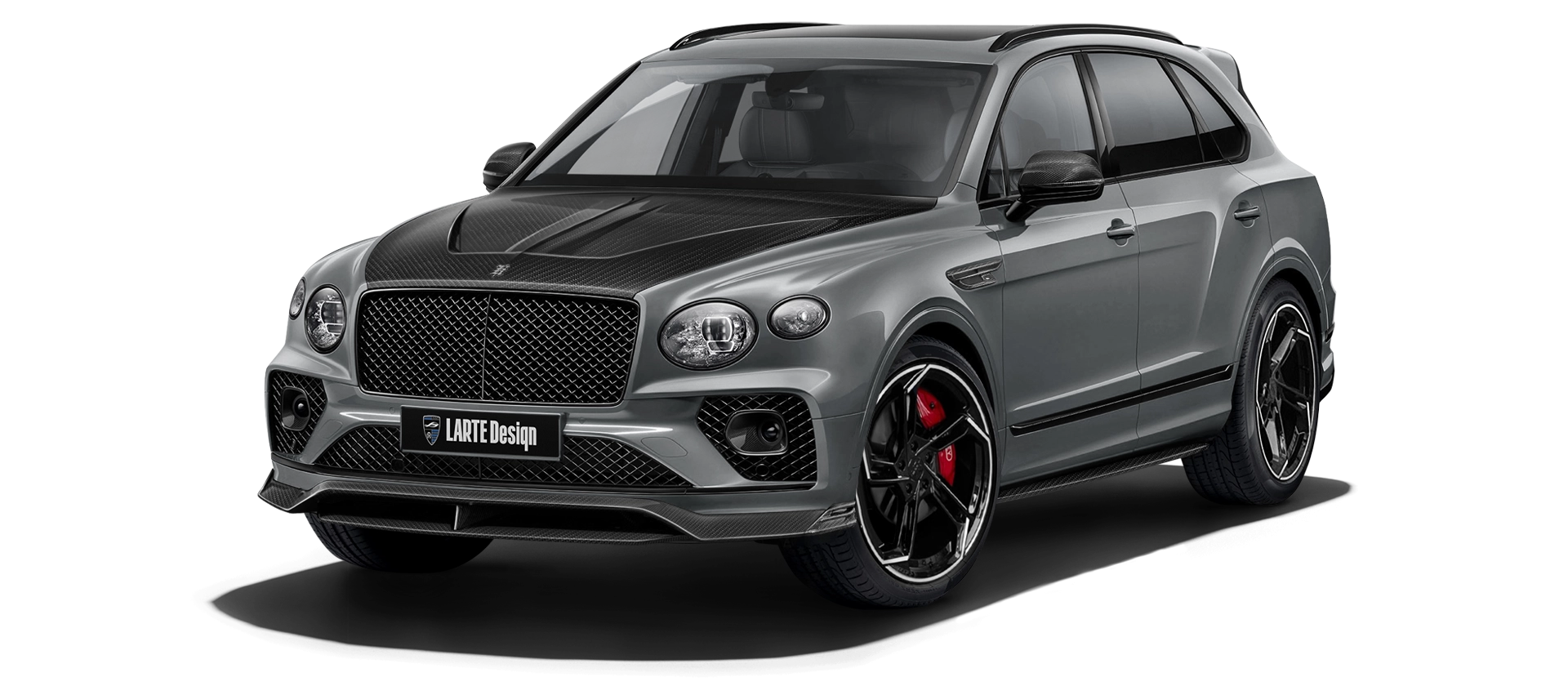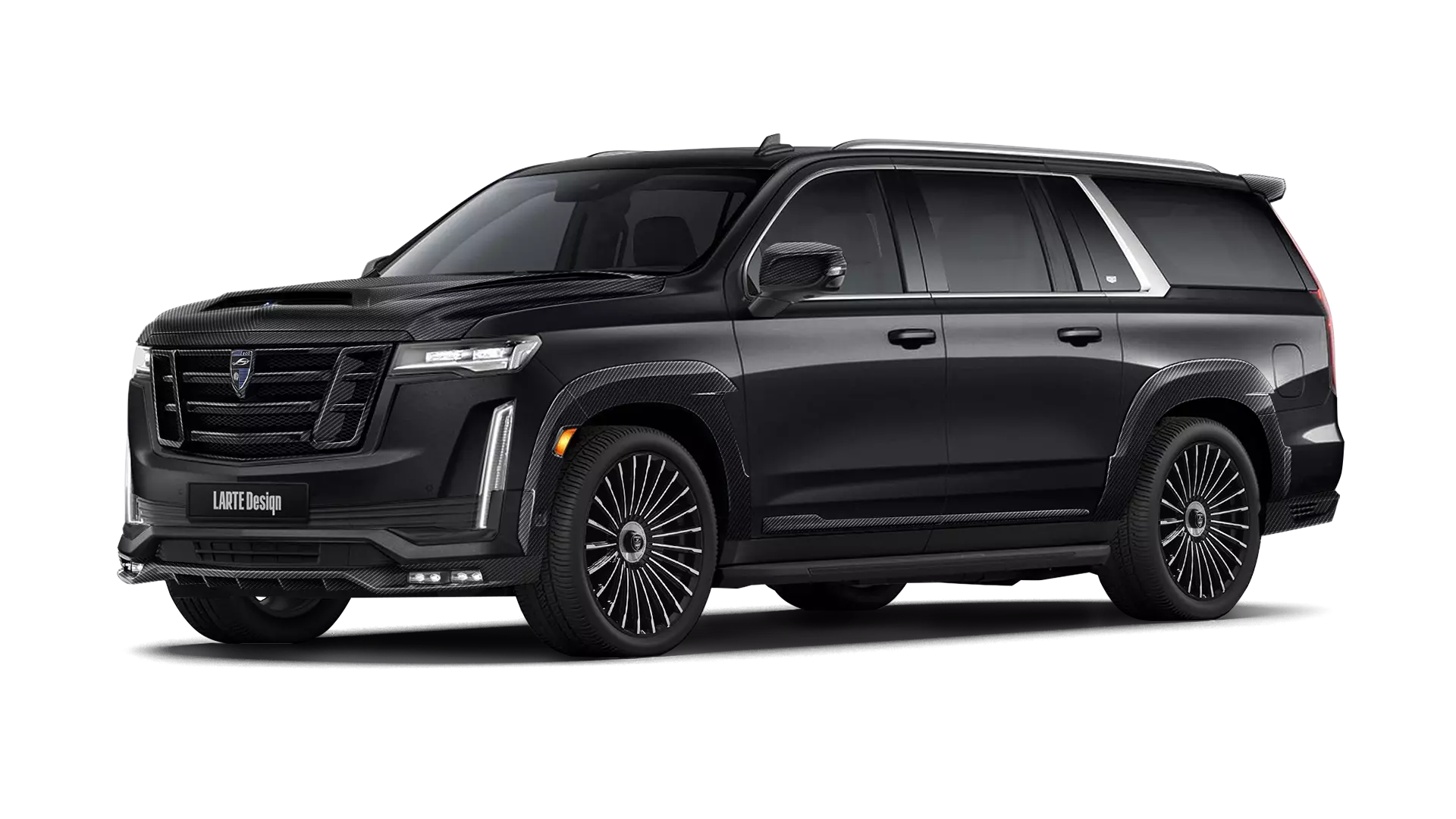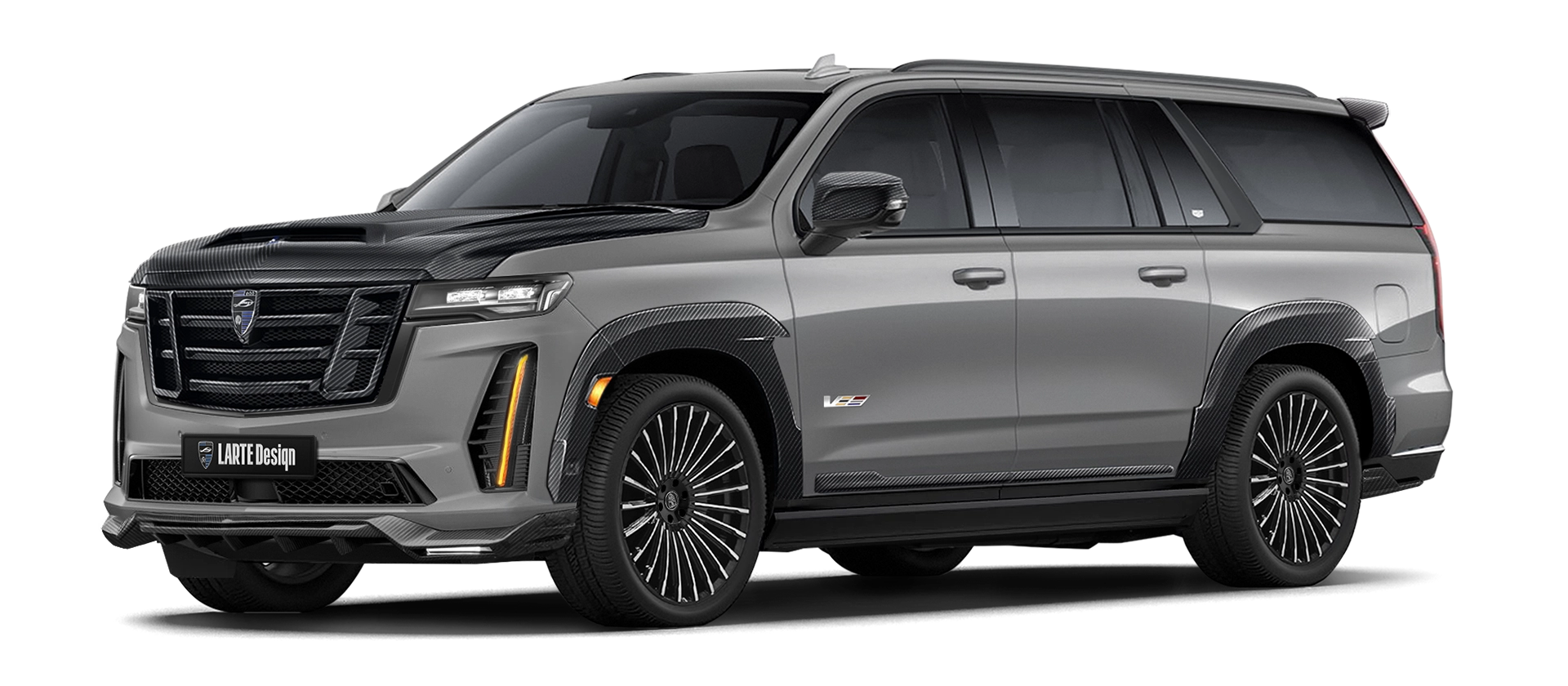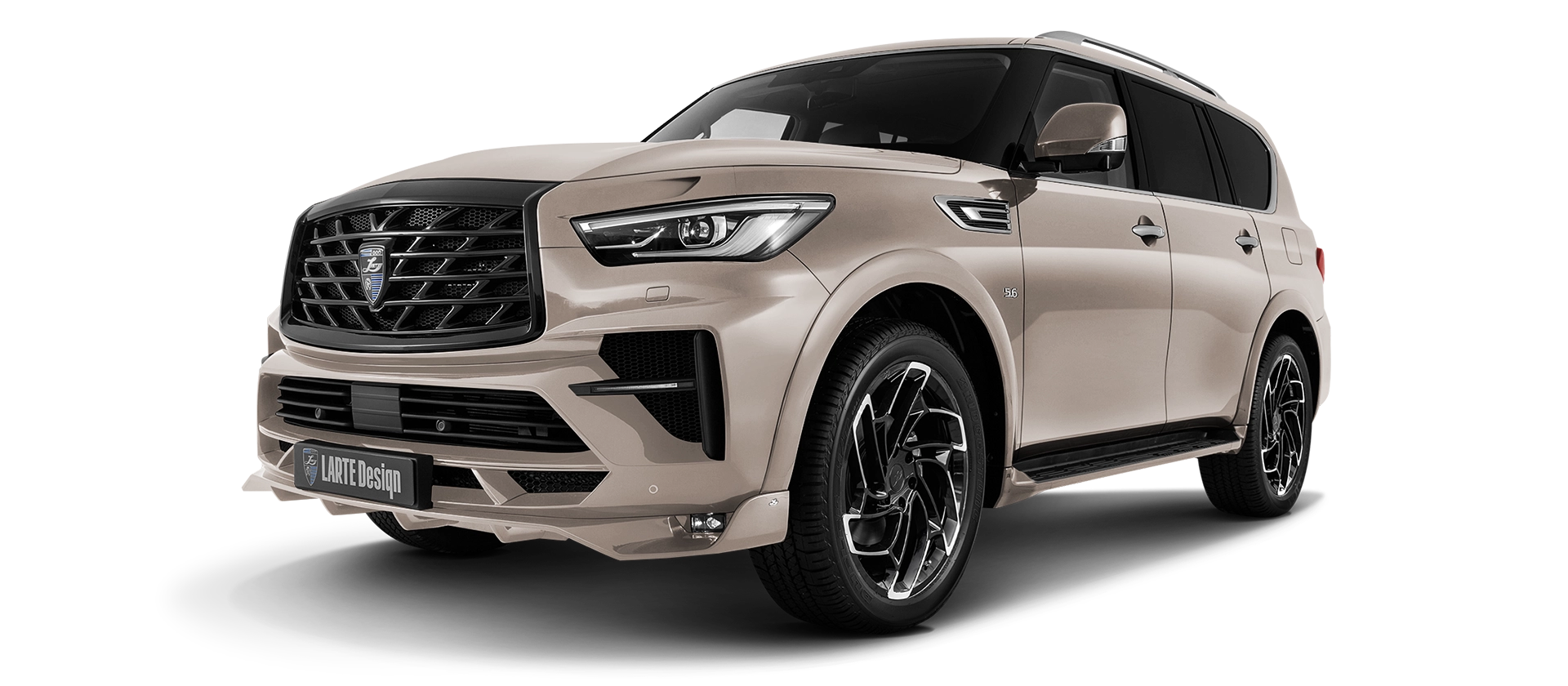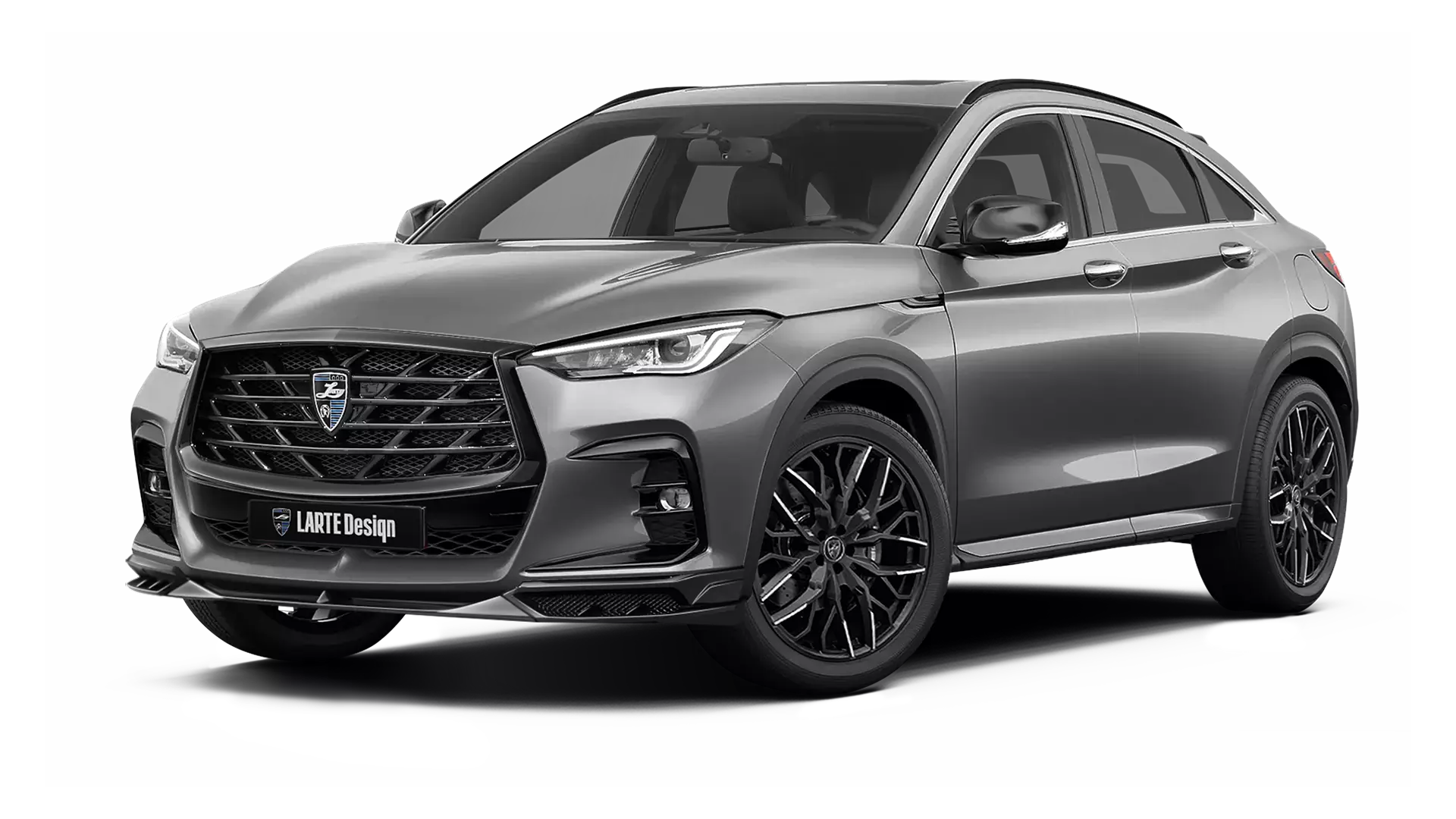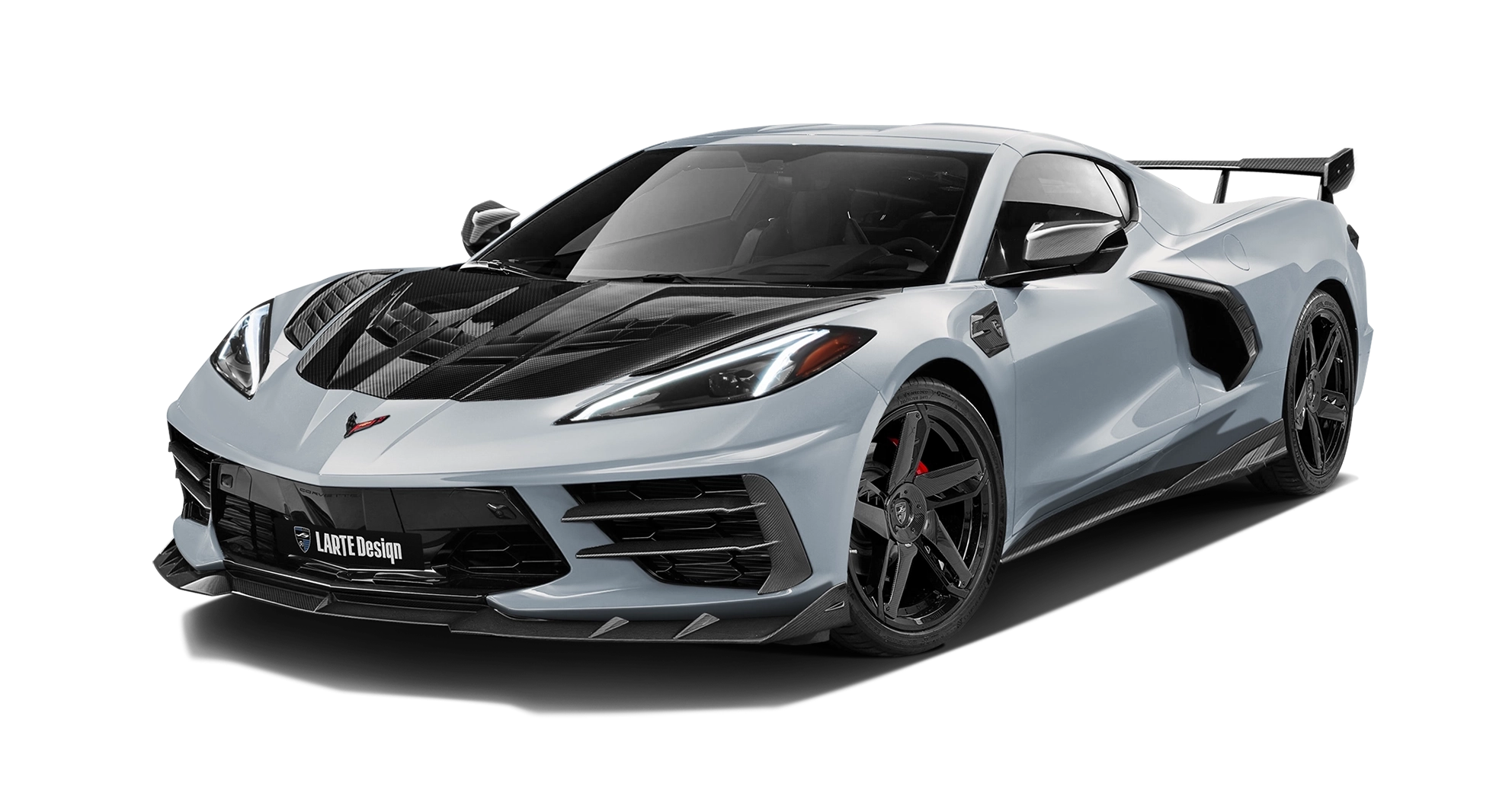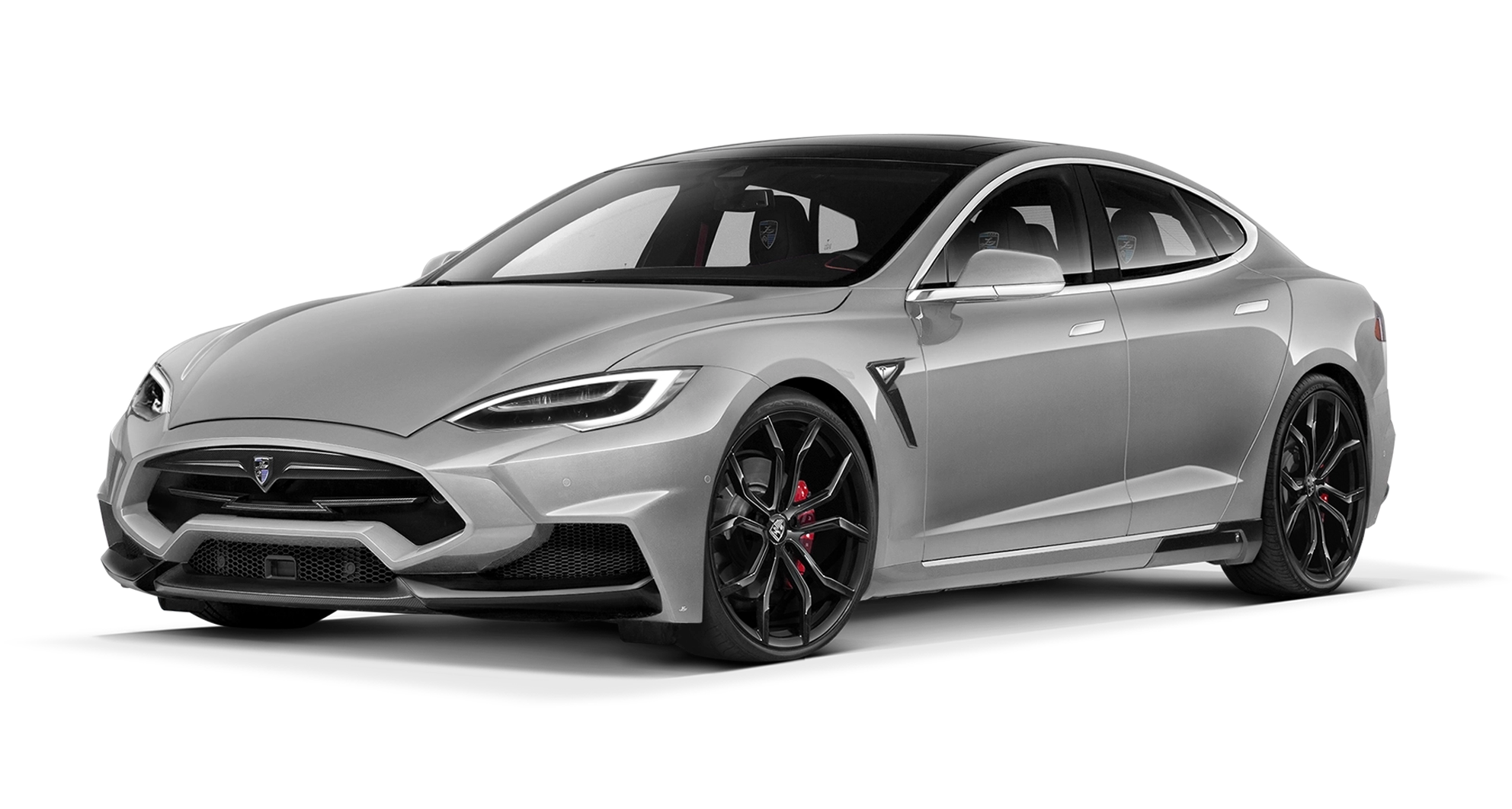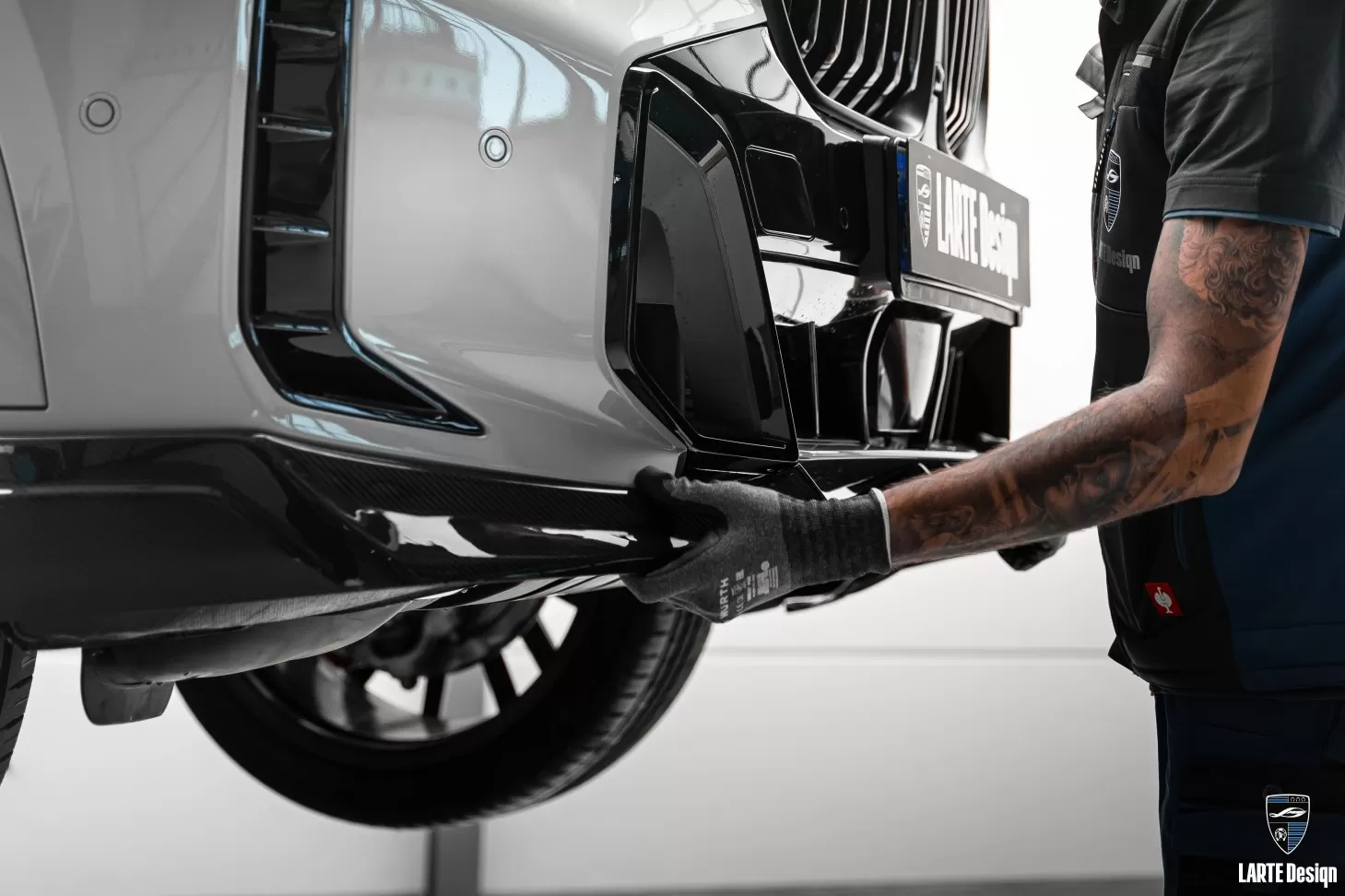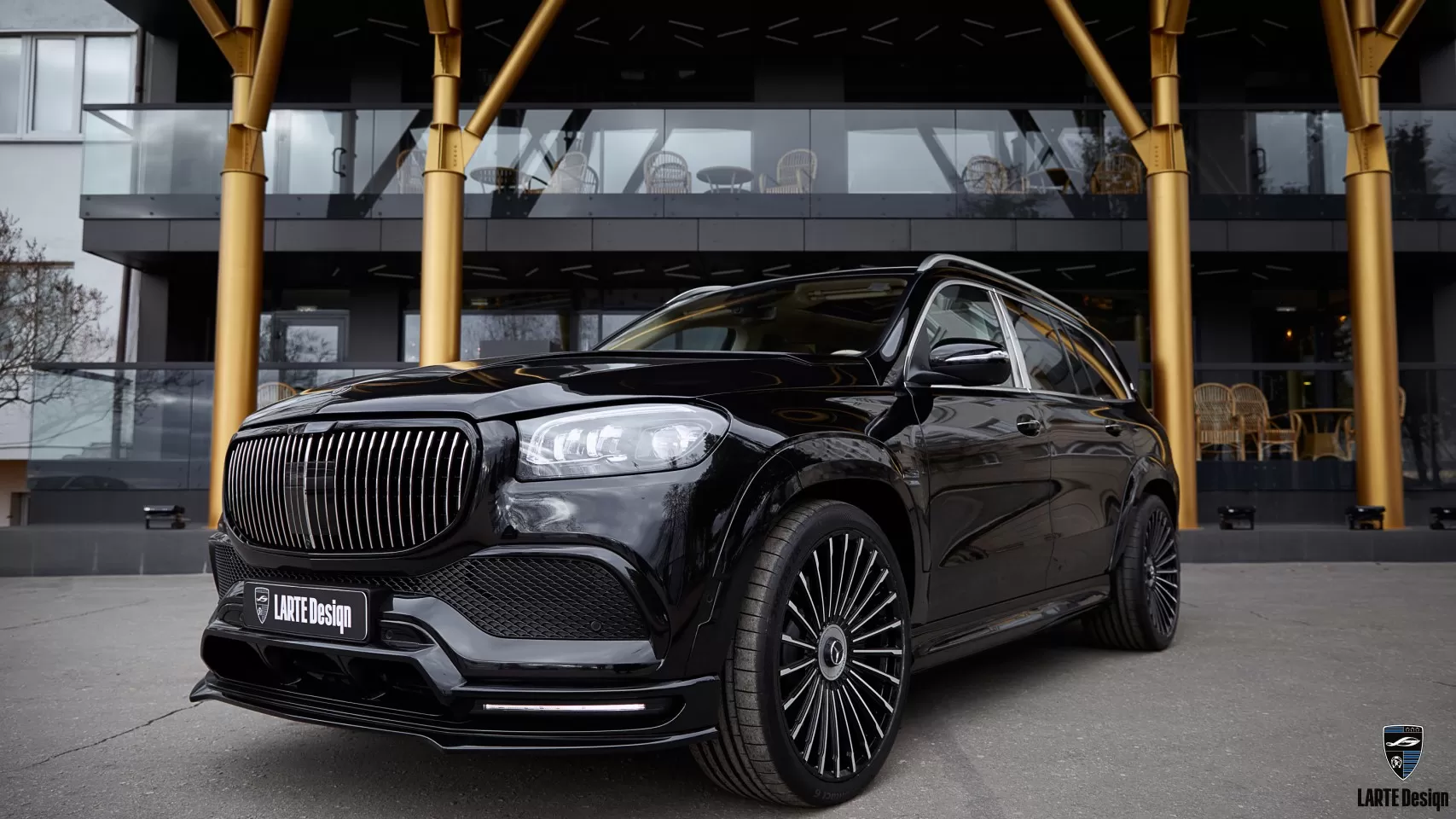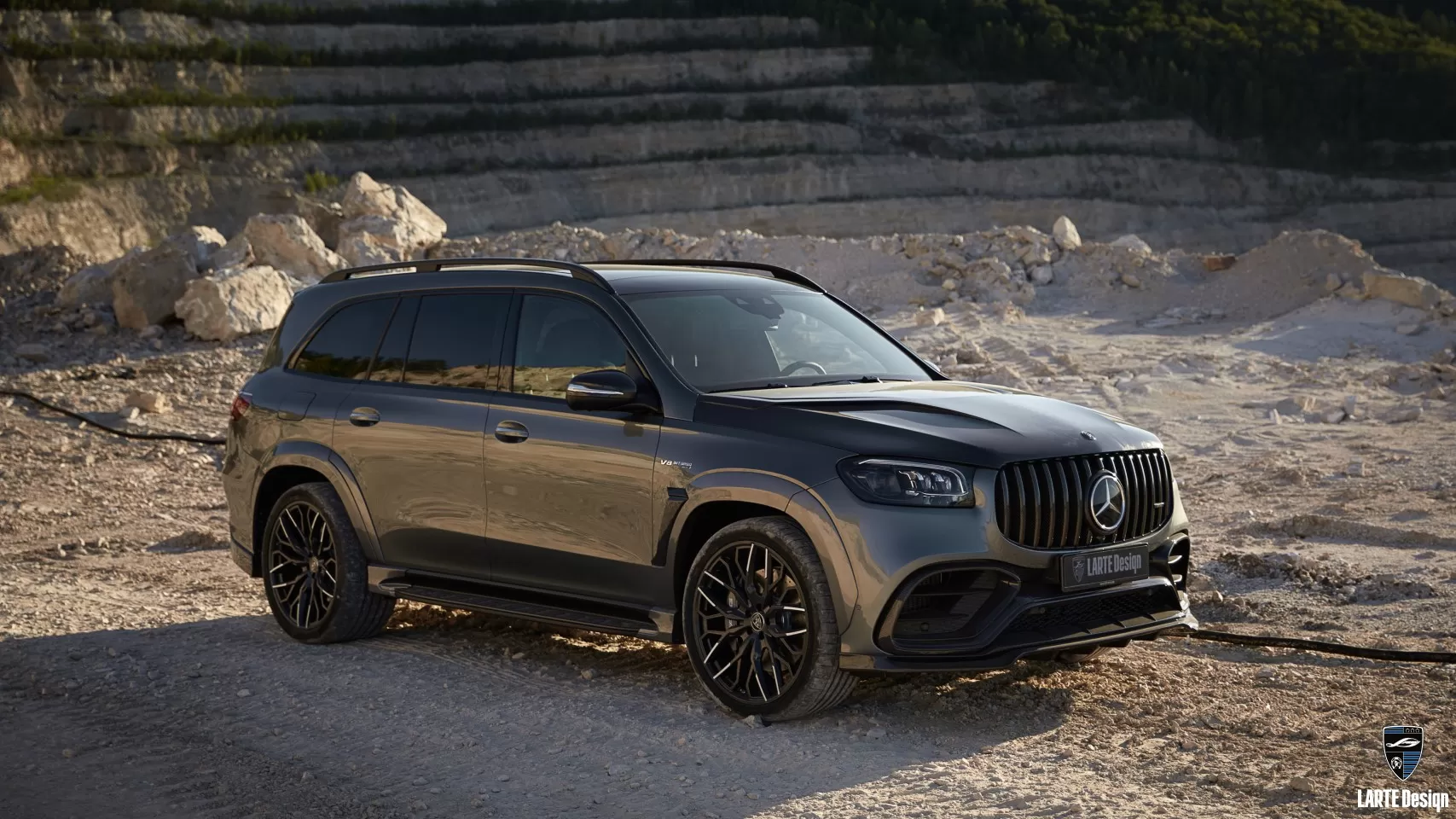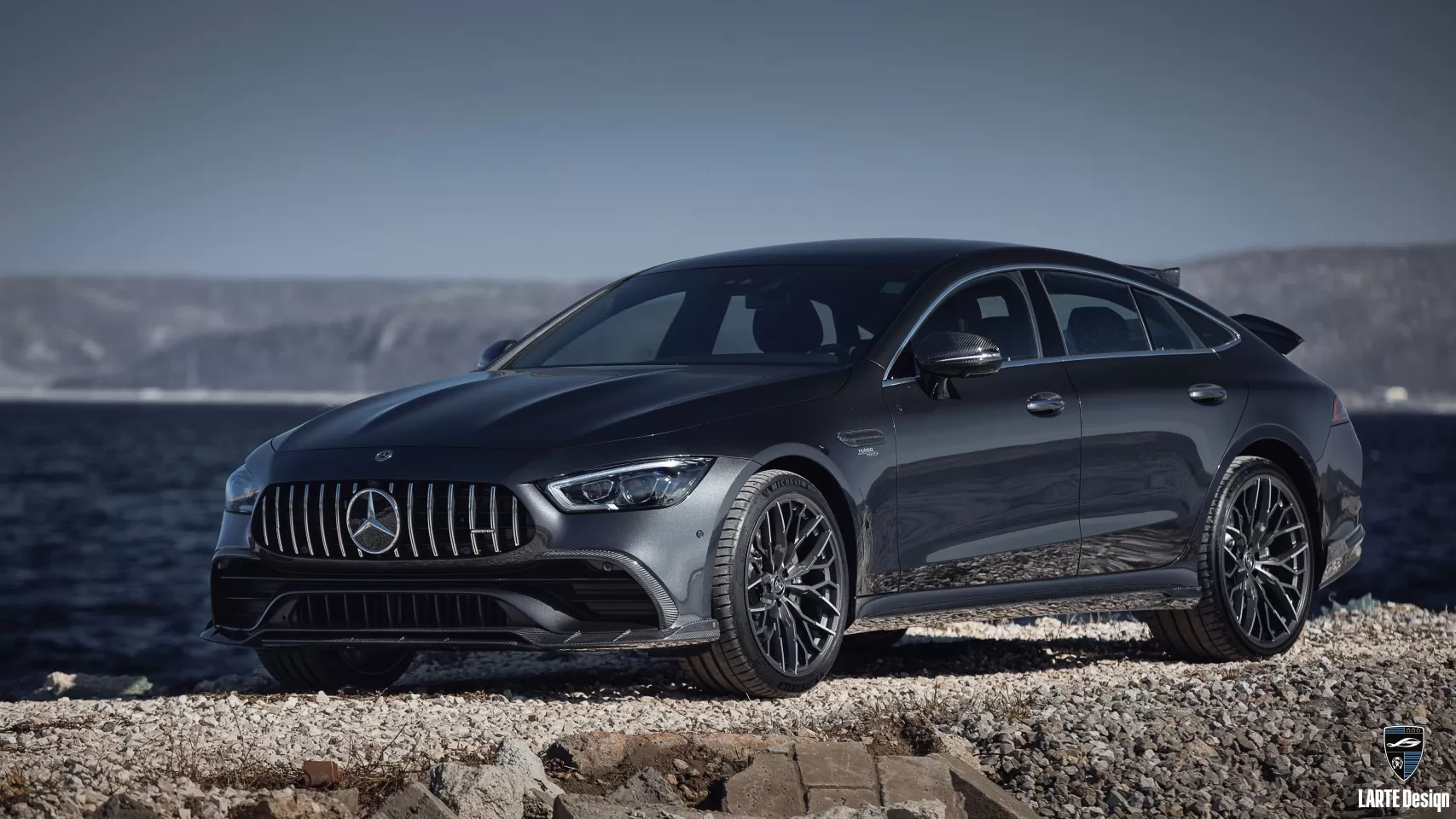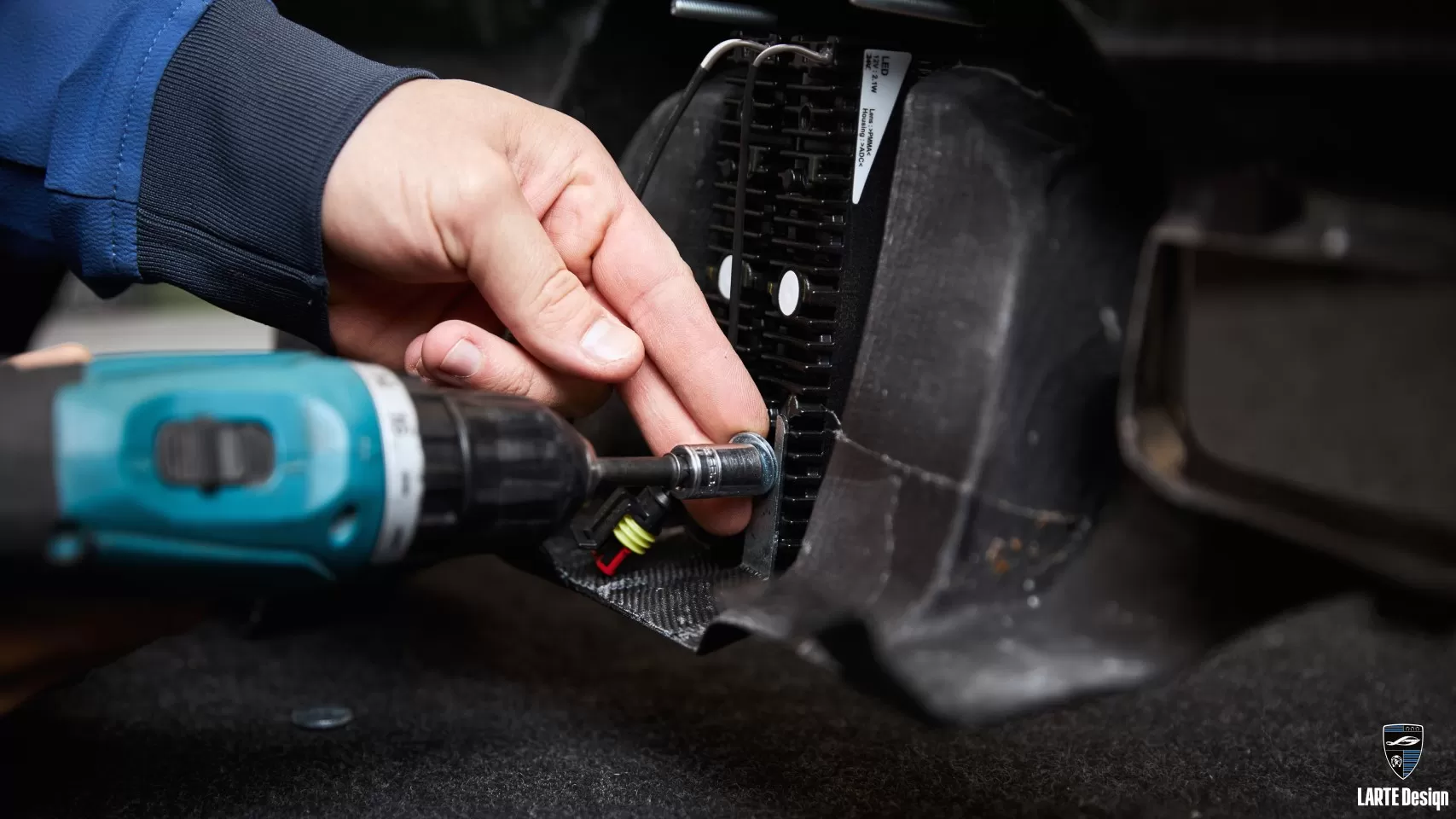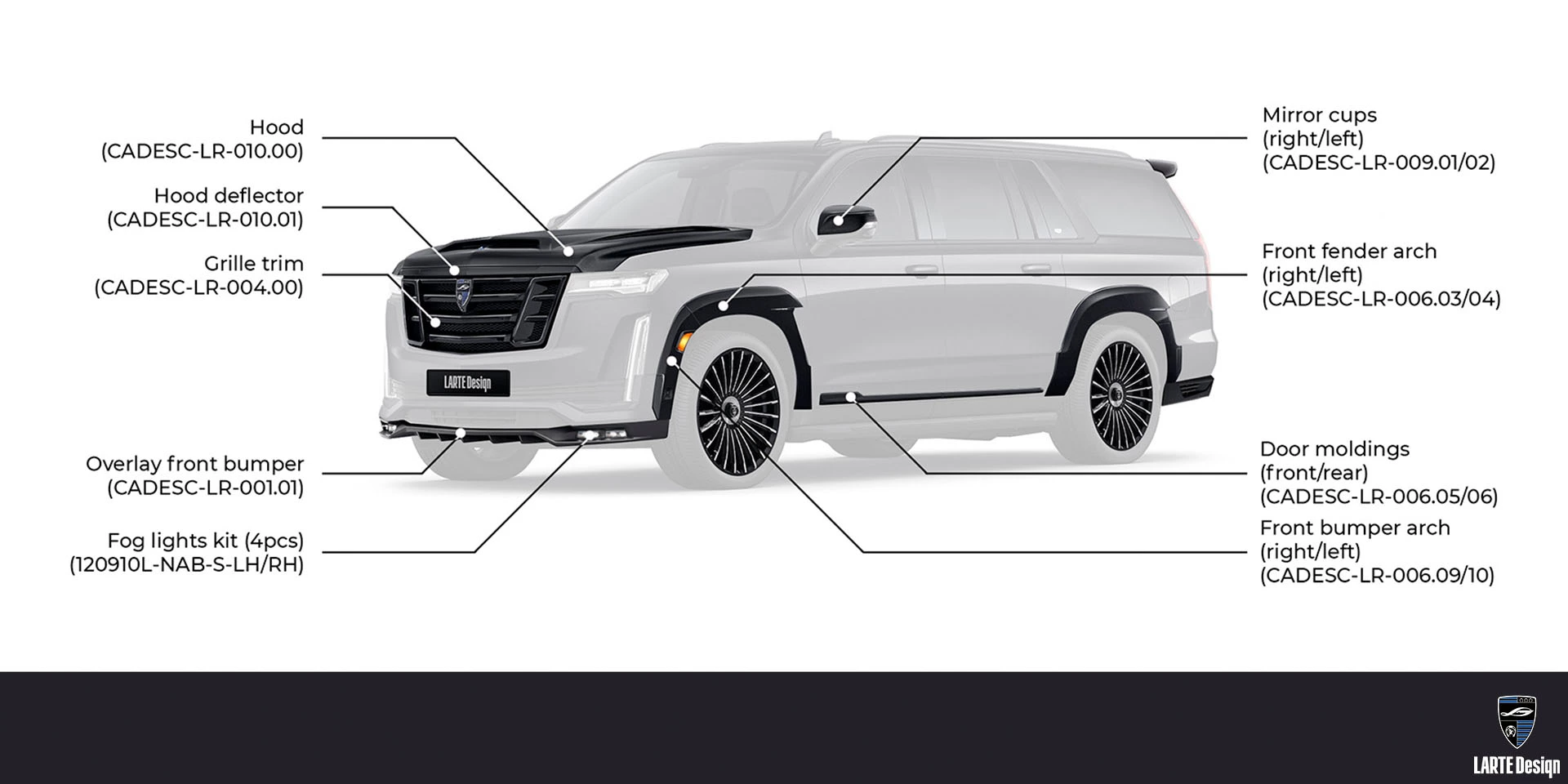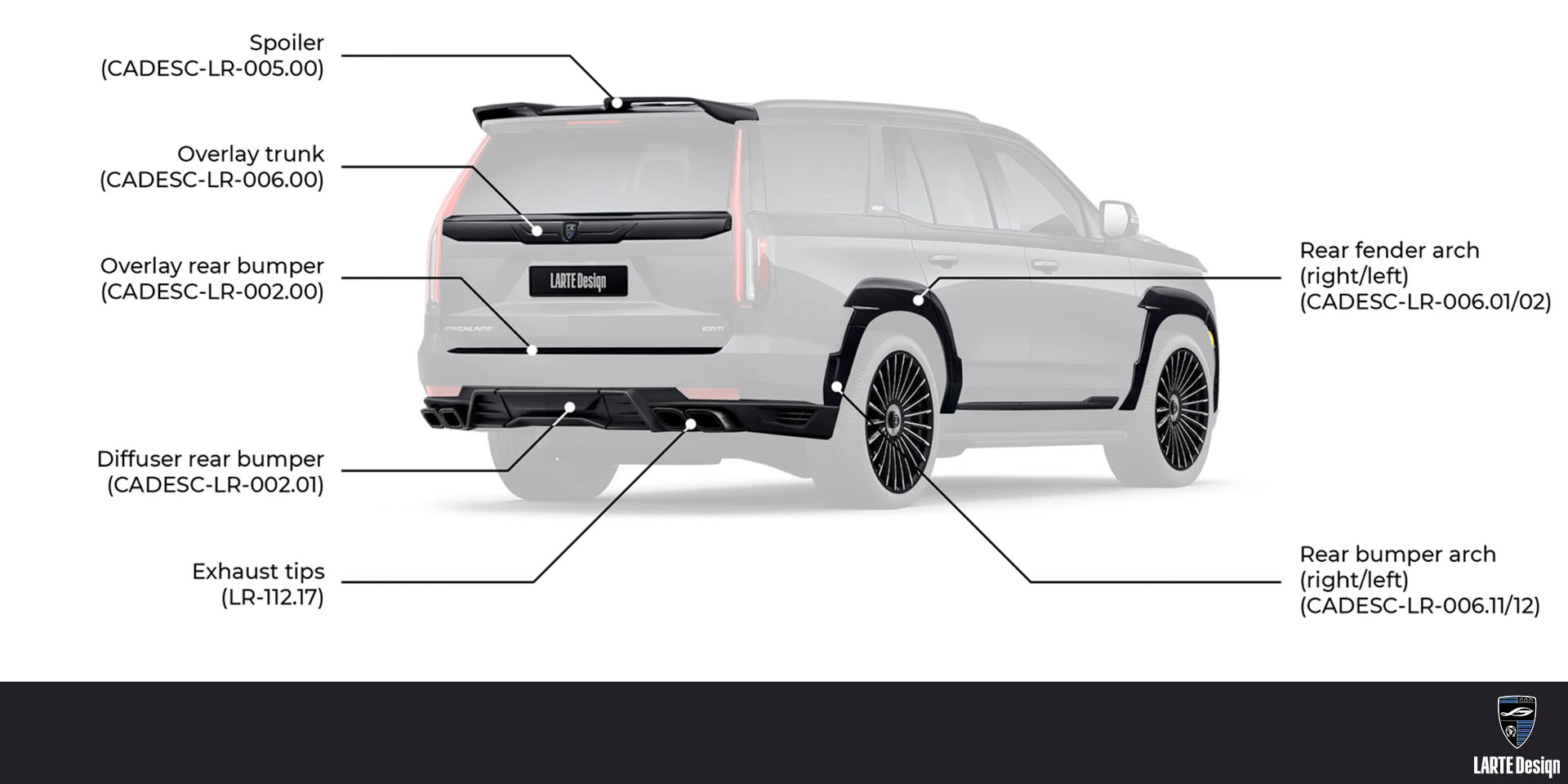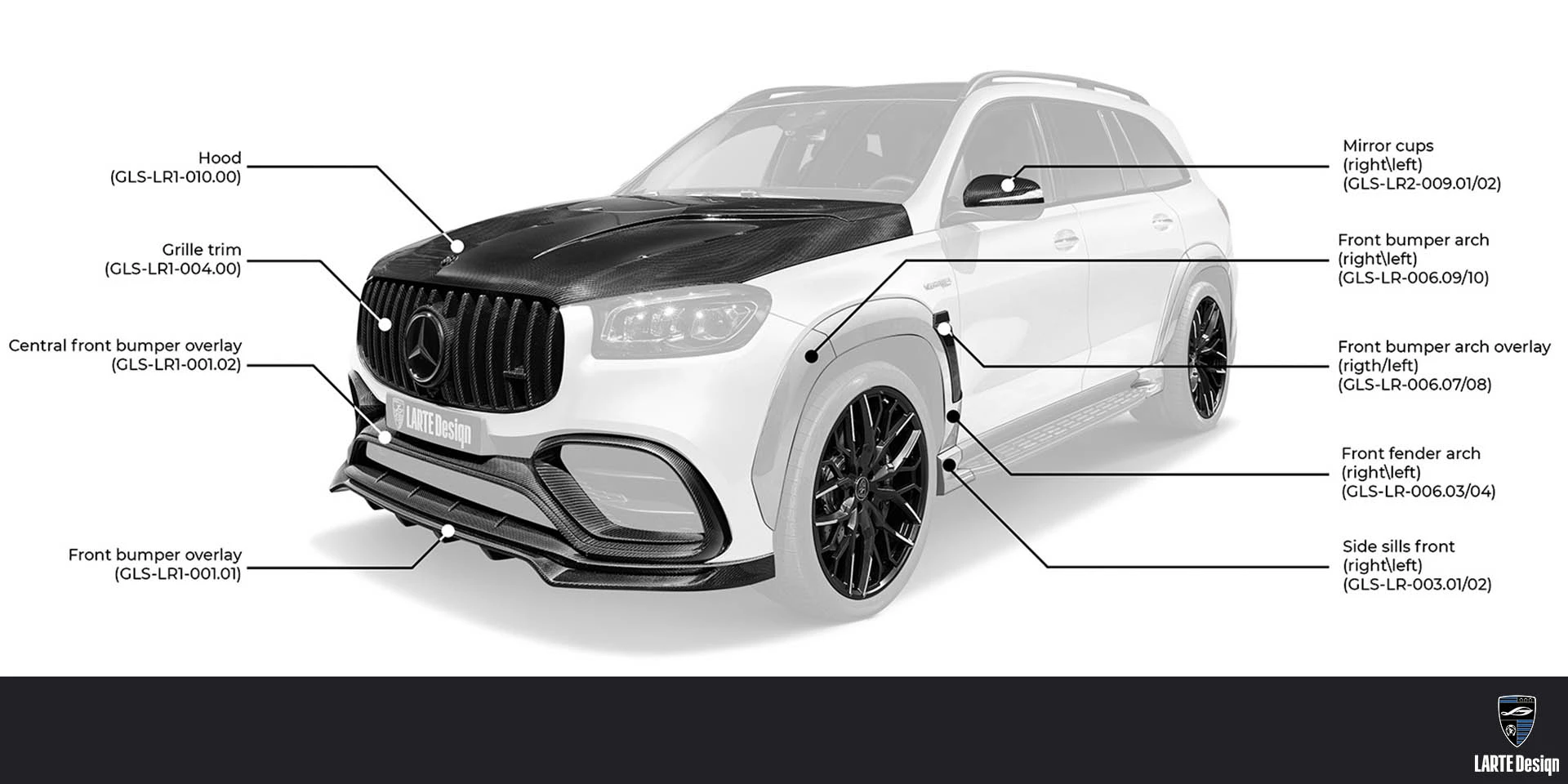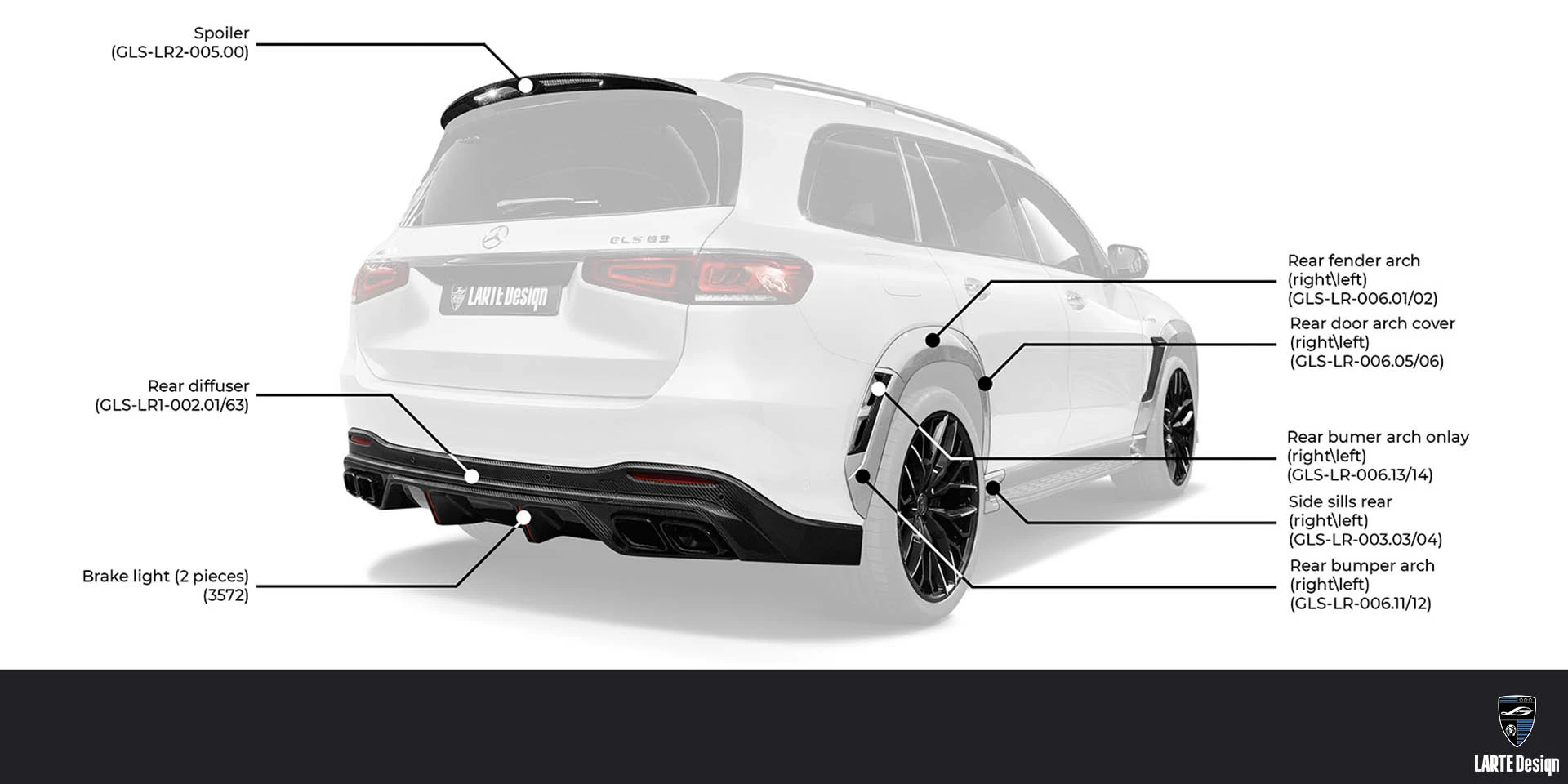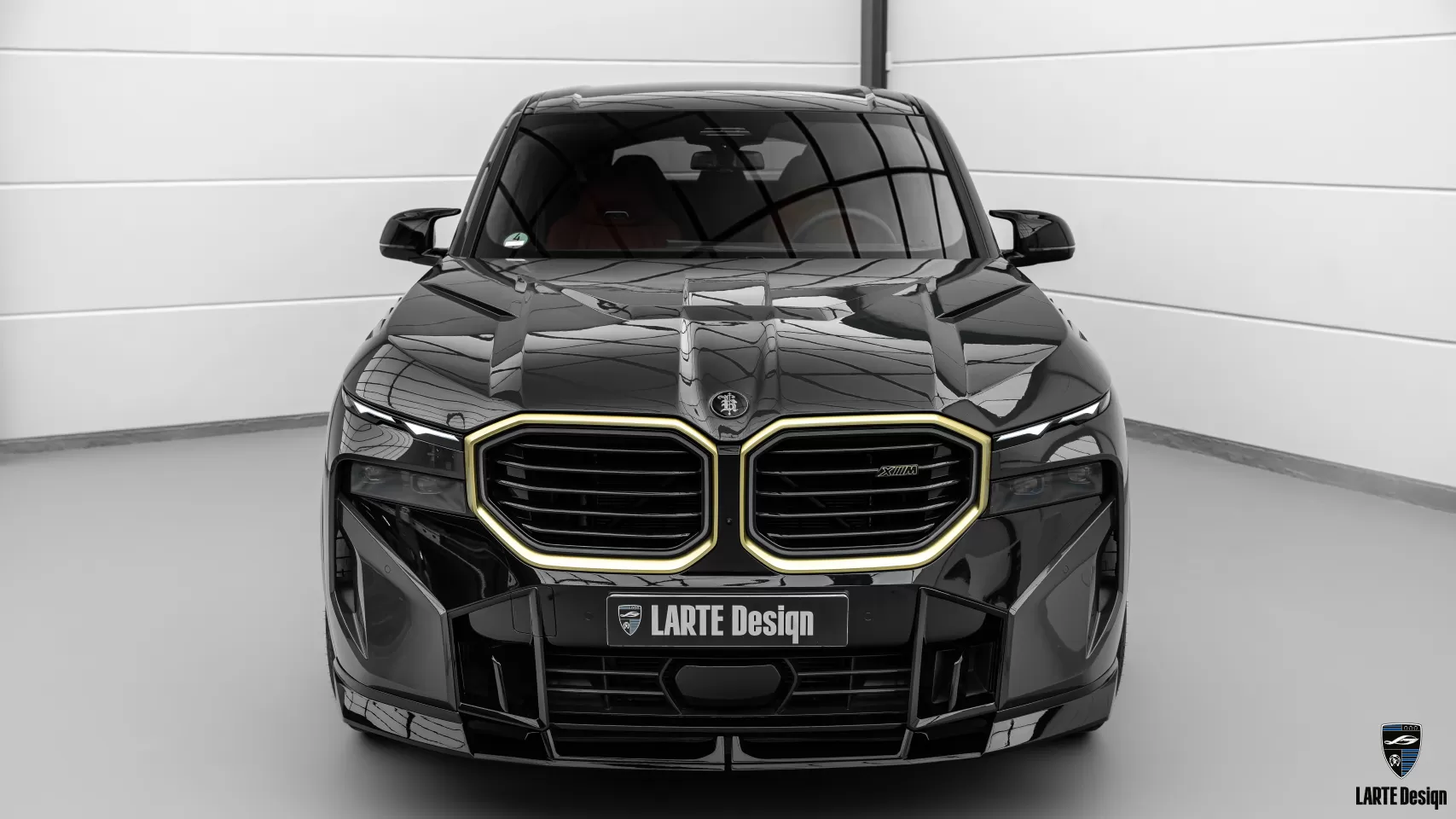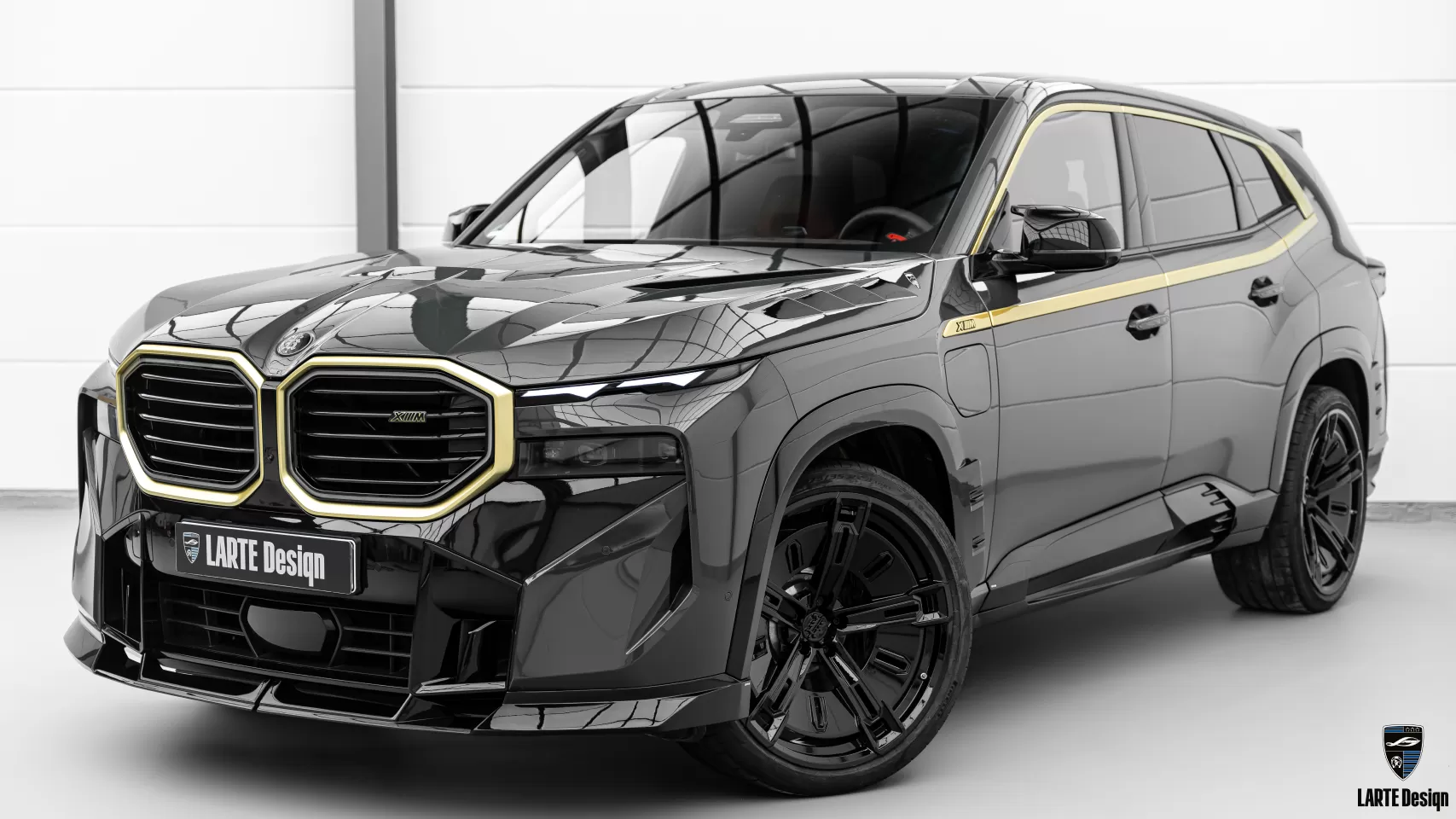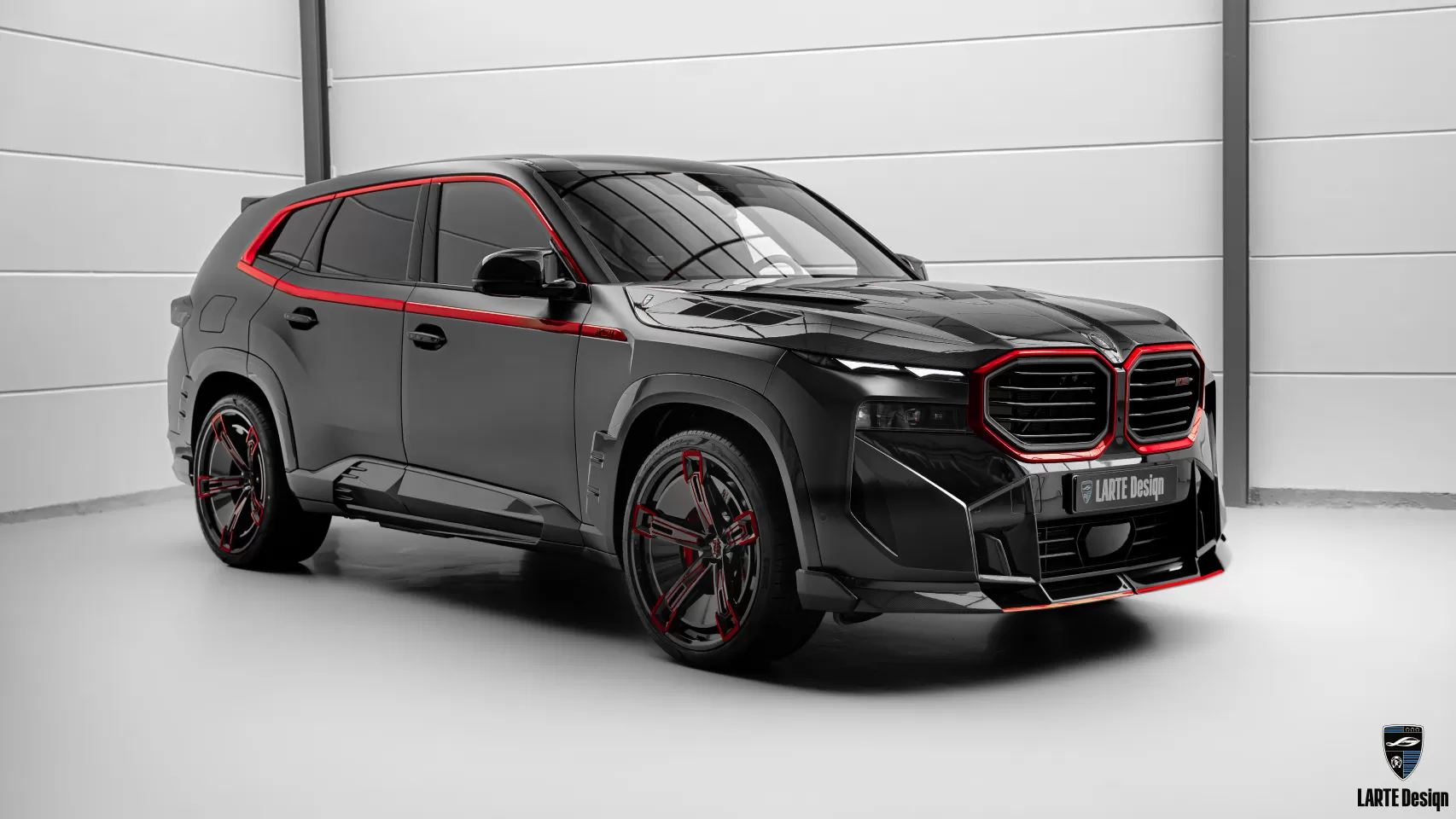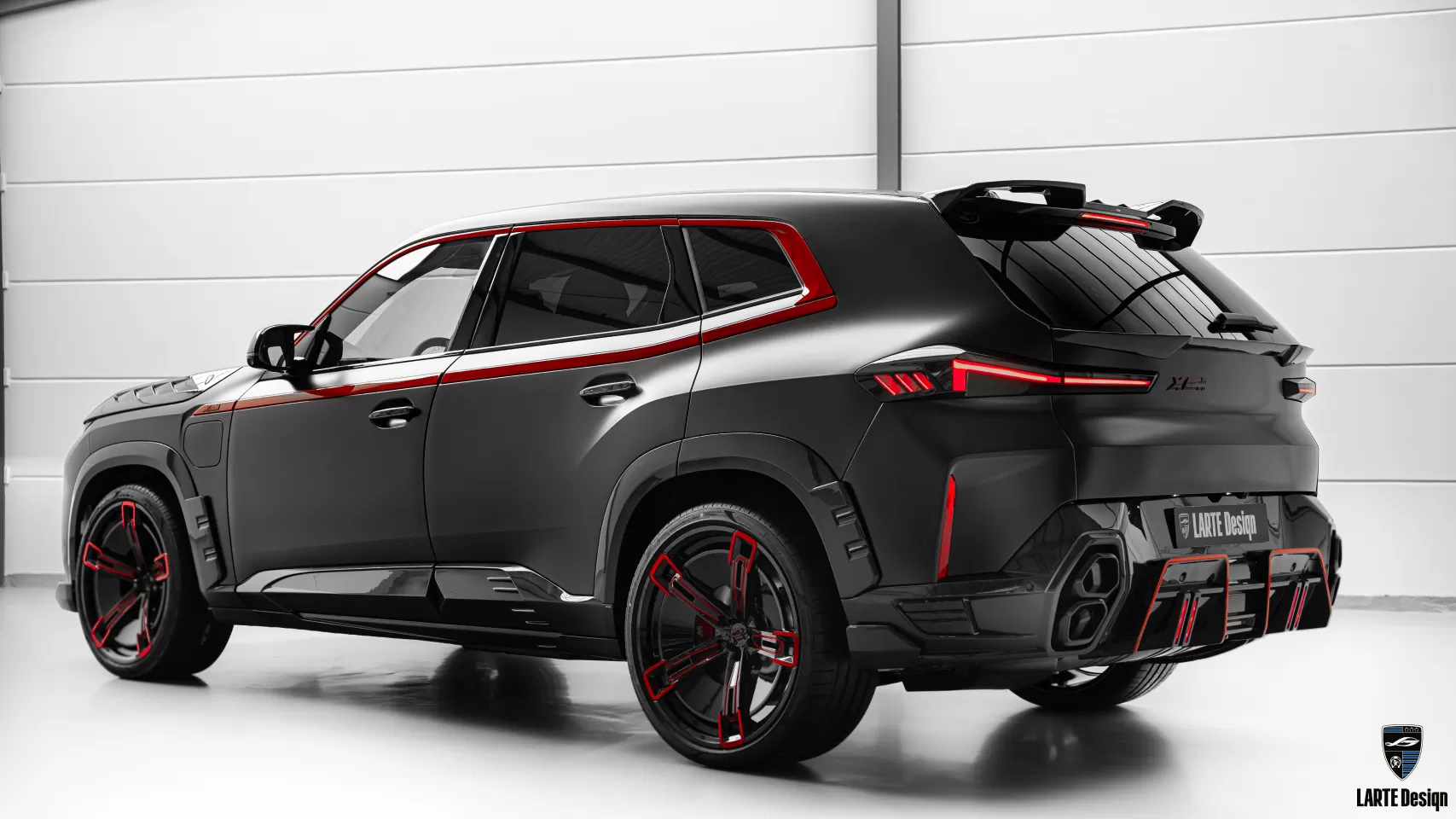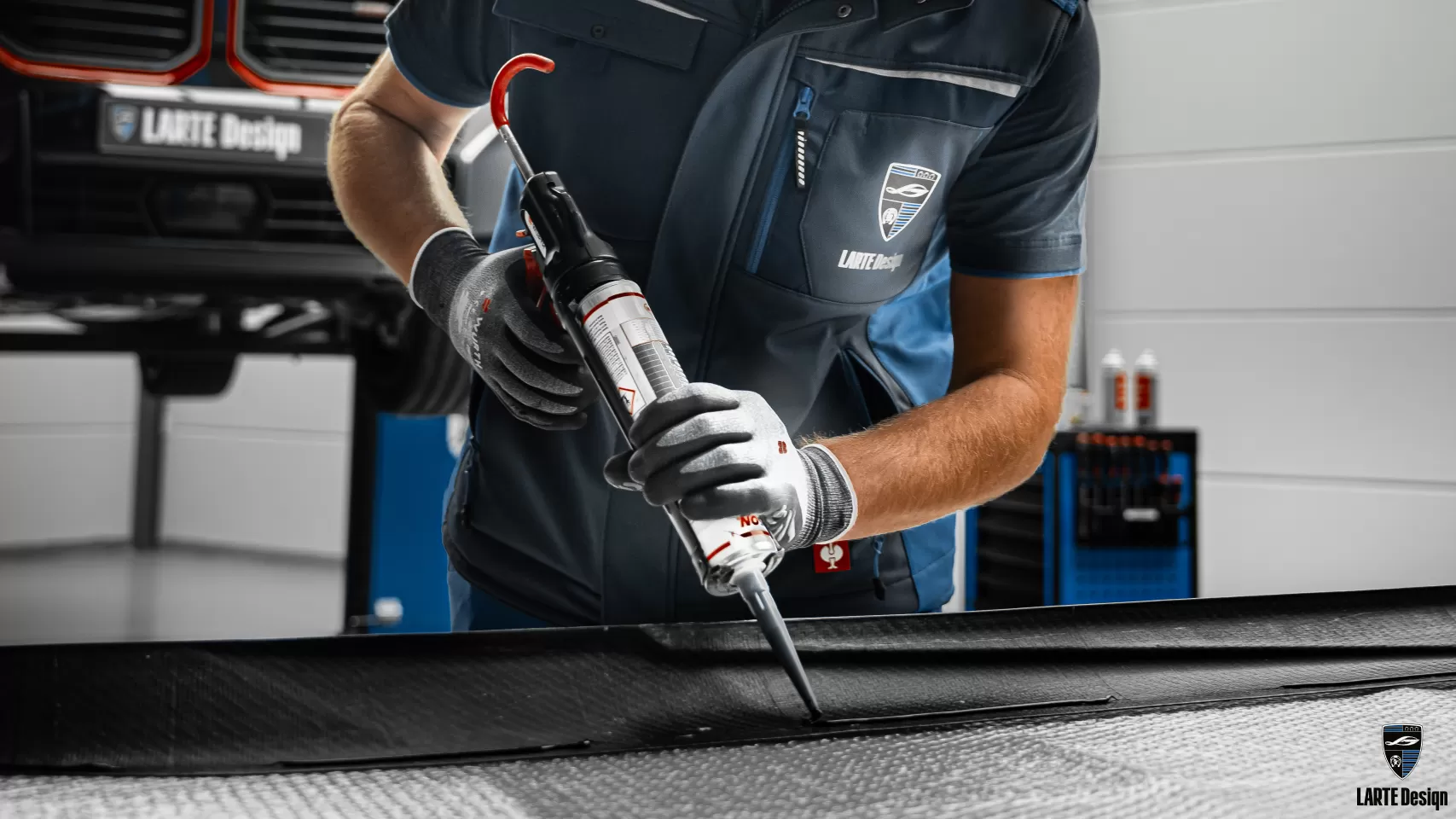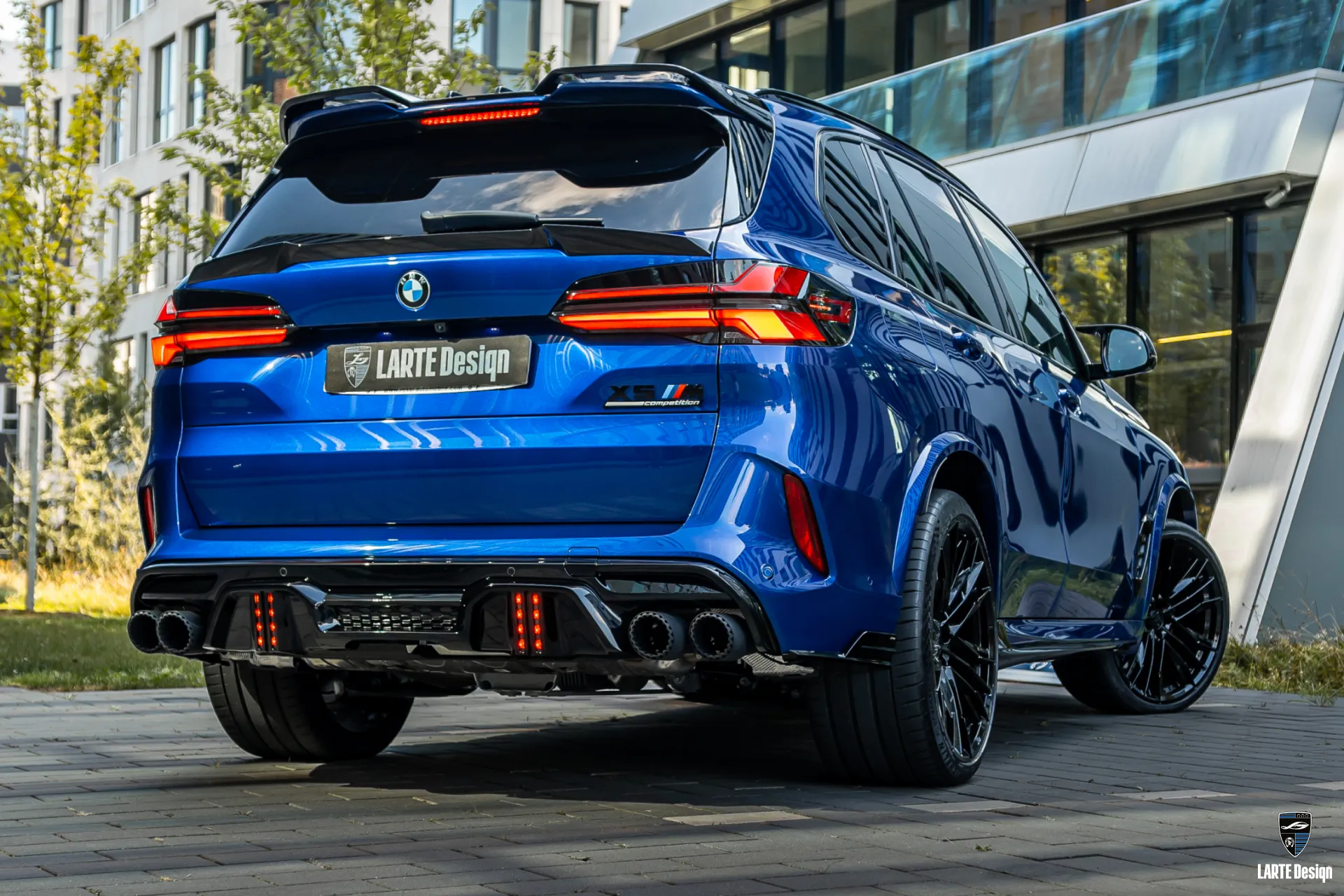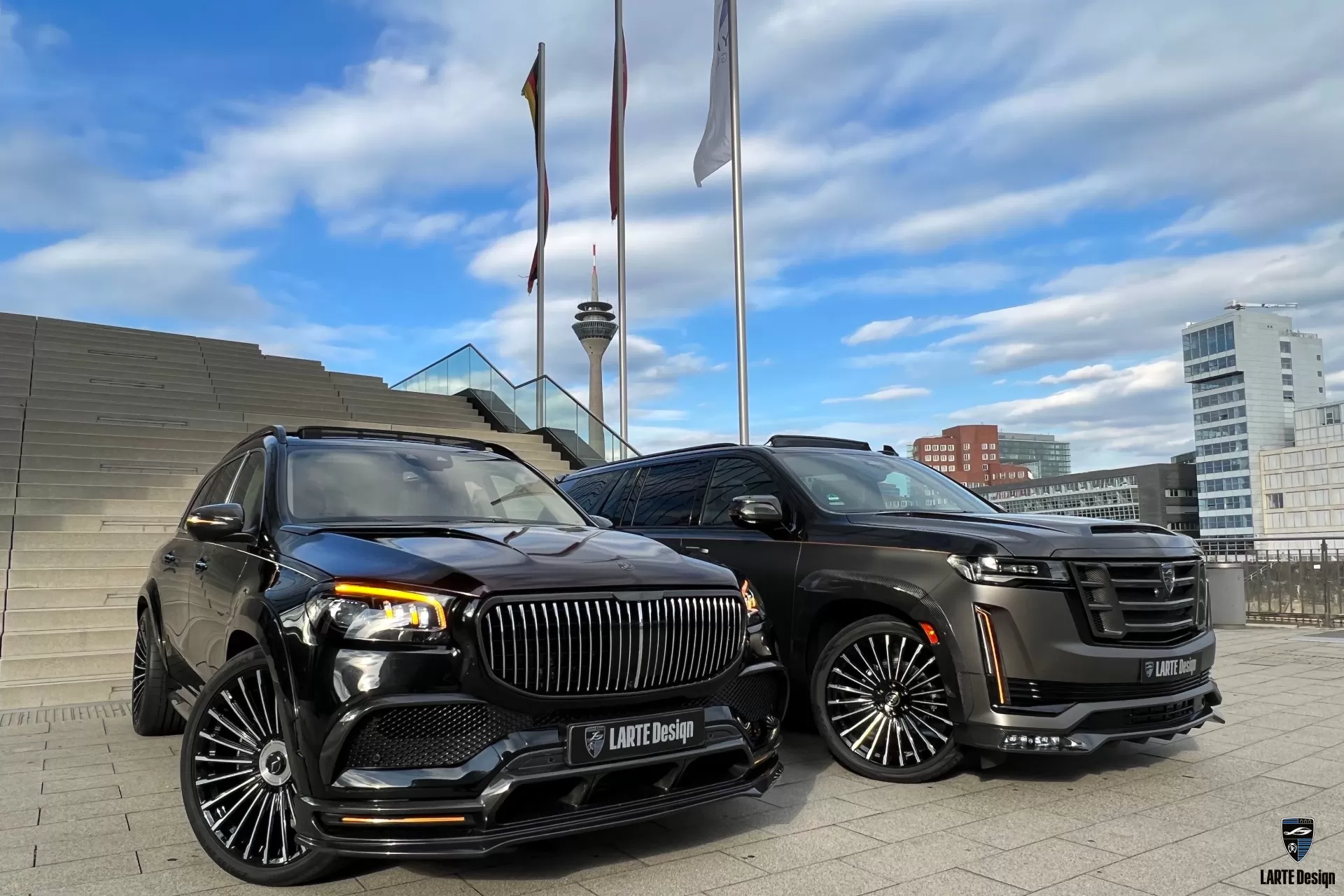Have you ever considered giving your car a stunning makeover? Body kits are one of the most popular ways to transform the look and performance of your vehicle. Whether you’re aiming for a sleek, sporty appearance or enhanced aerodynamic efficiency, body kits can offer a remarkable upgrade. But when it comes to installation, should you go the DIY route or seek professional help?
As body kit experts with years of experience, we have gathered and analyzed many factors to write this article by talking to experts and asking for their professional opinion in this field. Let’s dive into the world of body kits and explore the pros and cons of doing it yourself versus hiring a professional. But first, let's describe in general terms what body kits are and what they are, and then let's get down to specifics.
As body kit experts with years of experience, we have gathered and analyzed many factors to write this article by talking to experts and asking for their professional opinion in this field. Let’s dive into the world of body kits and explore the pros and cons of doing it yourself versus hiring a professional. But first, let's describe in general terms what body kits are and what they are, and then let's get down to specifics.
Have you ever considered giving your car a stunning makeover? Body kits are one of the most popular ways to transform the look and performance of your vehicle. Whether you’re aiming for a sleek, sporty appearance or enhanced aerodynamic efficiency, body kits can offer a remarkable upgrade. But when it comes to installation, should you go the DIY route or seek professional help?
As body kit experts with years of experience, we have gathered and analyzed many factors to write this article by talking to experts and asking for their professional opinion in this field. Let’s dive into the world of body kits and explore the pros and cons of doing it yourself versus hiring a professional. But first, let's describe in general terms what body kits are and what they are, and then let's get down to specifics.

